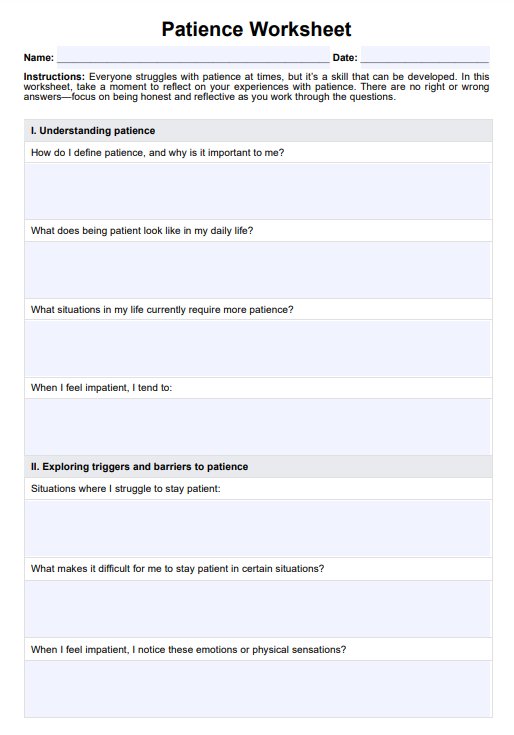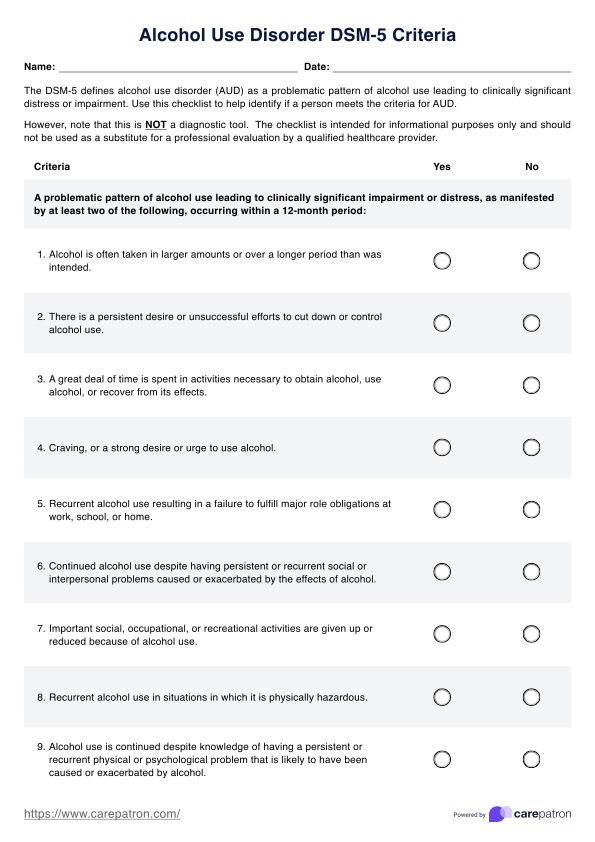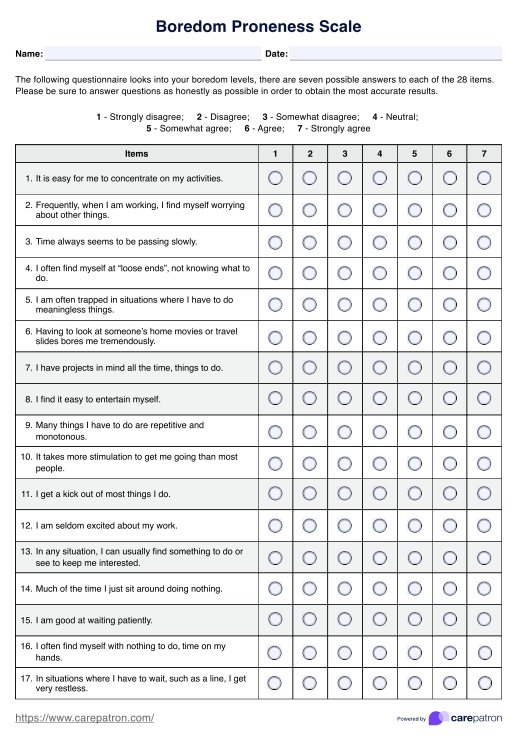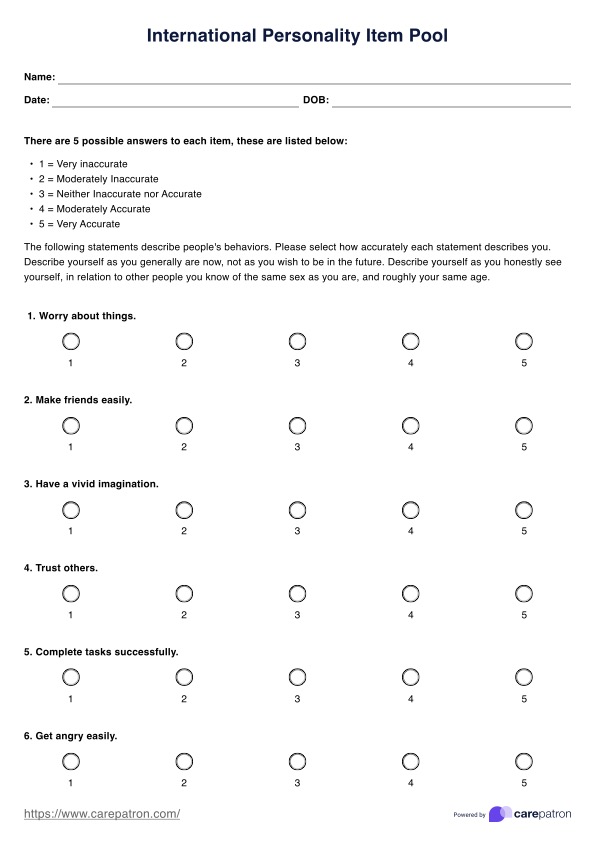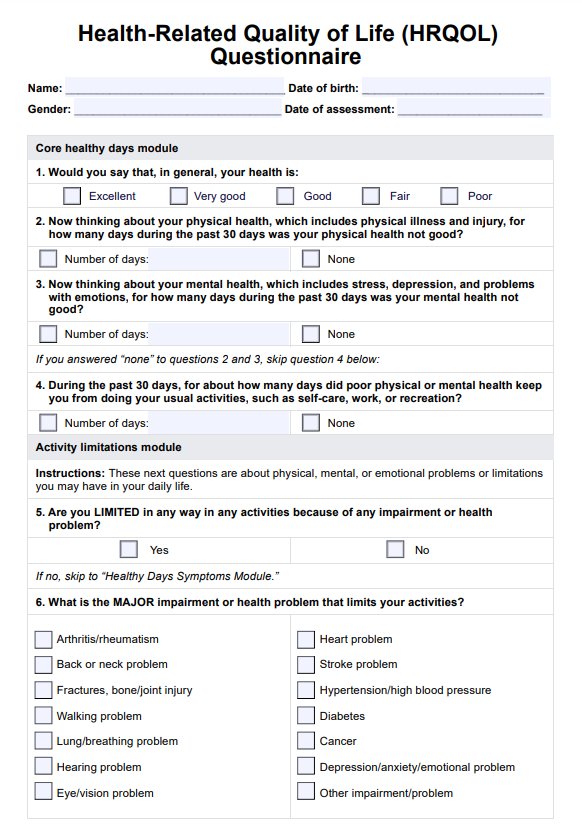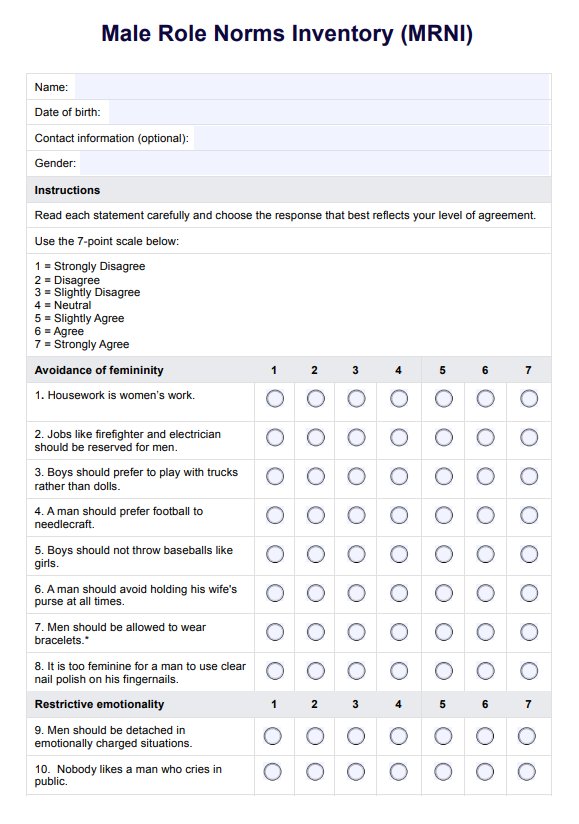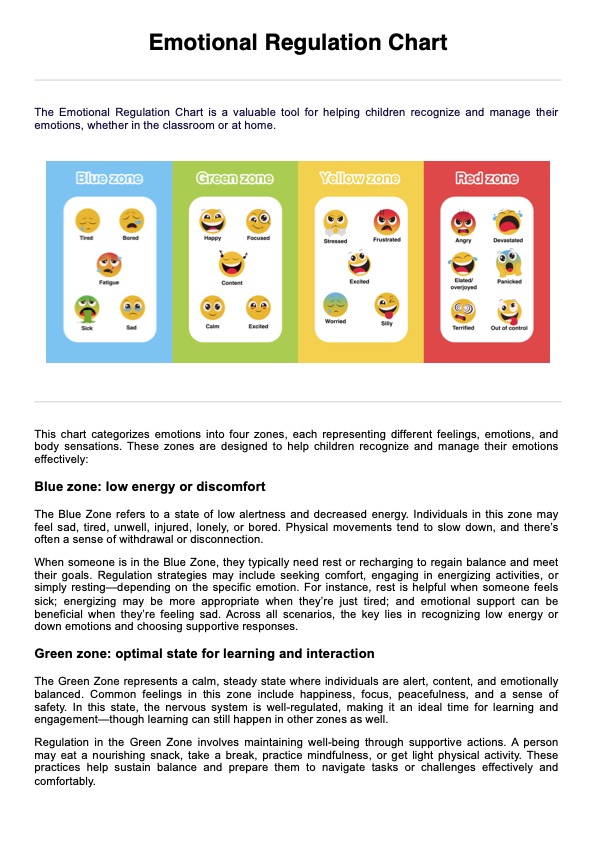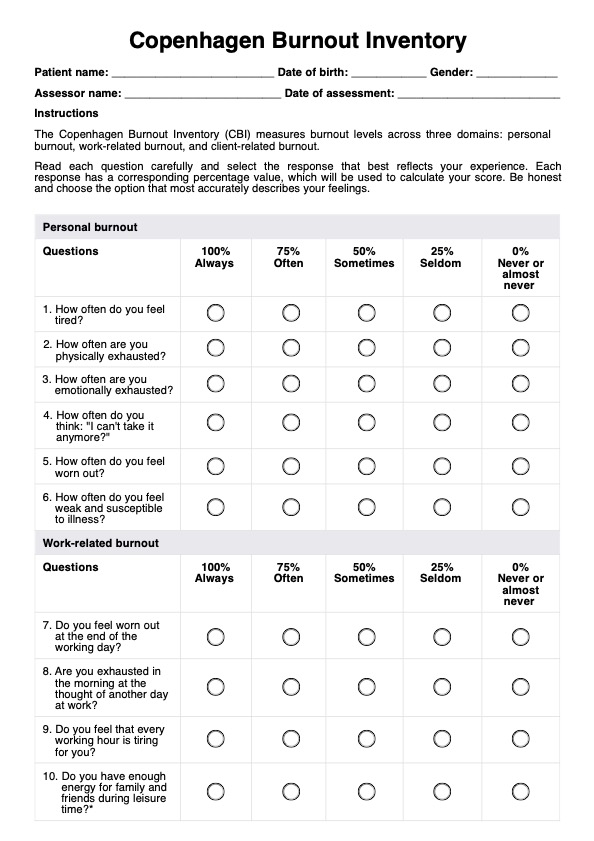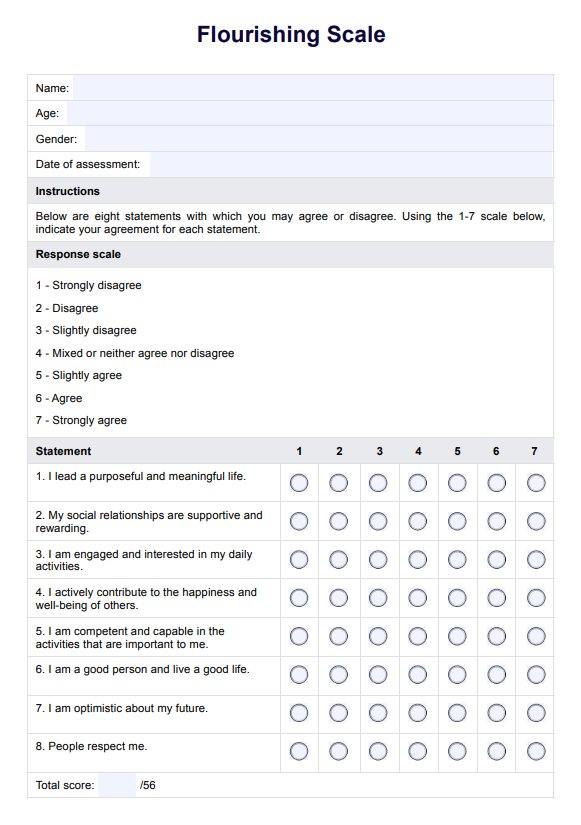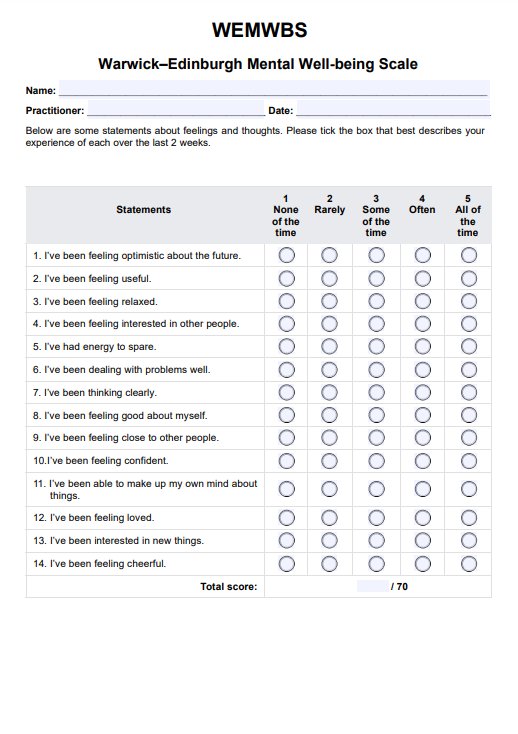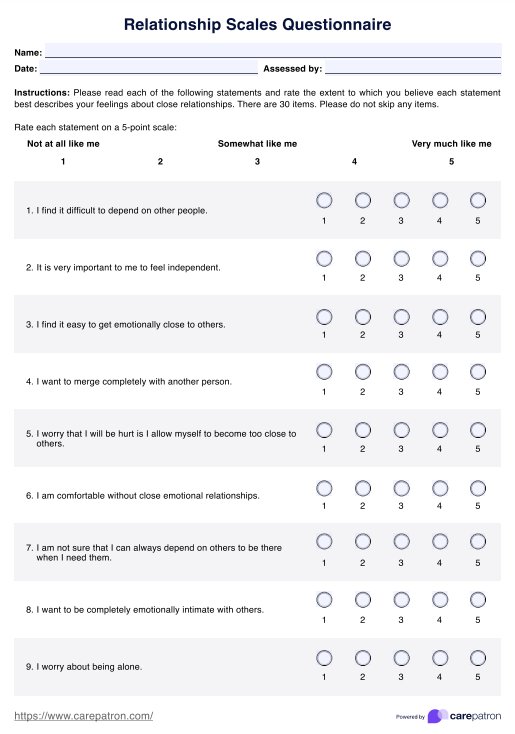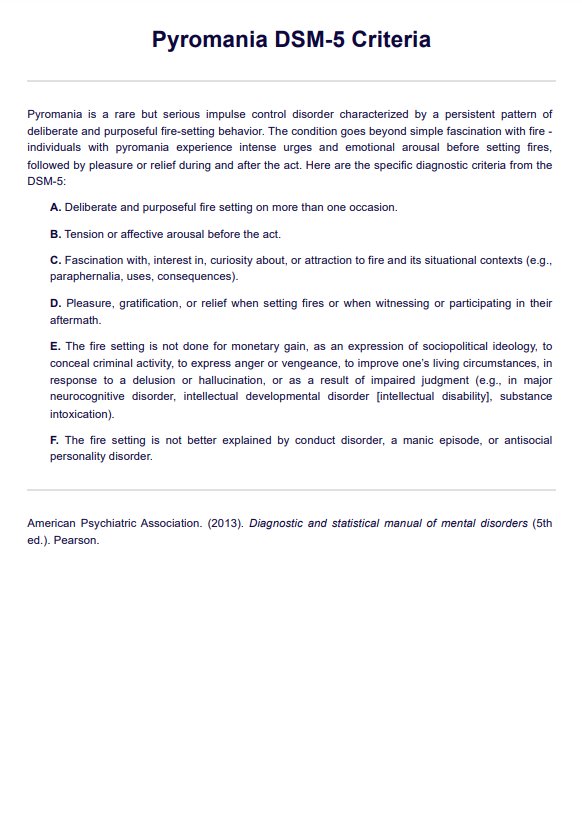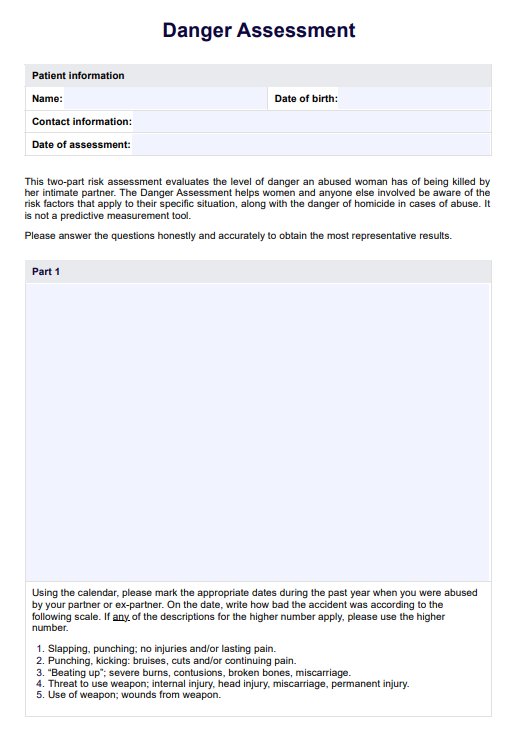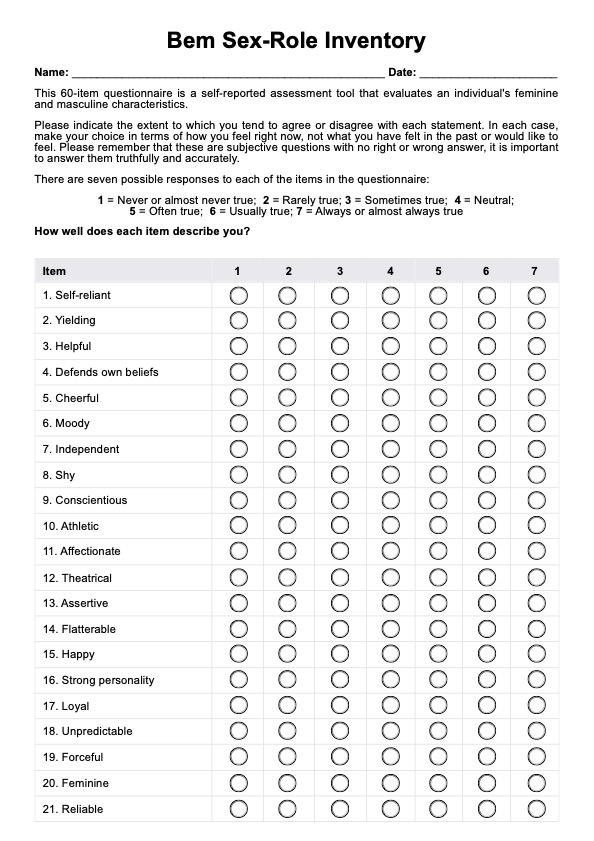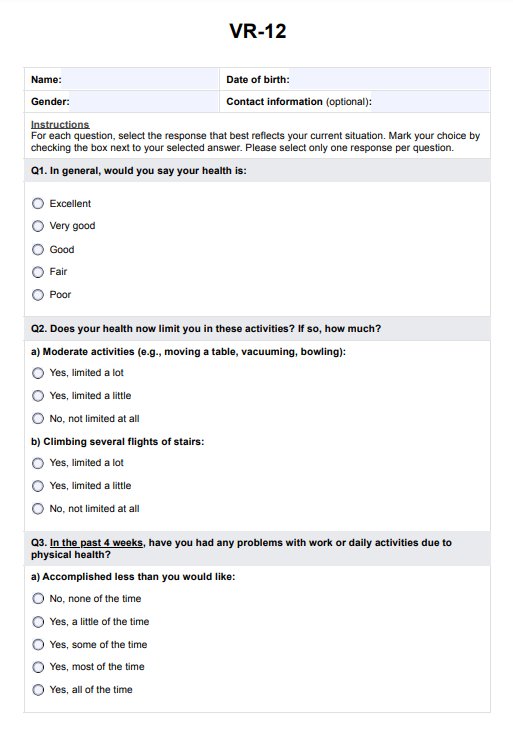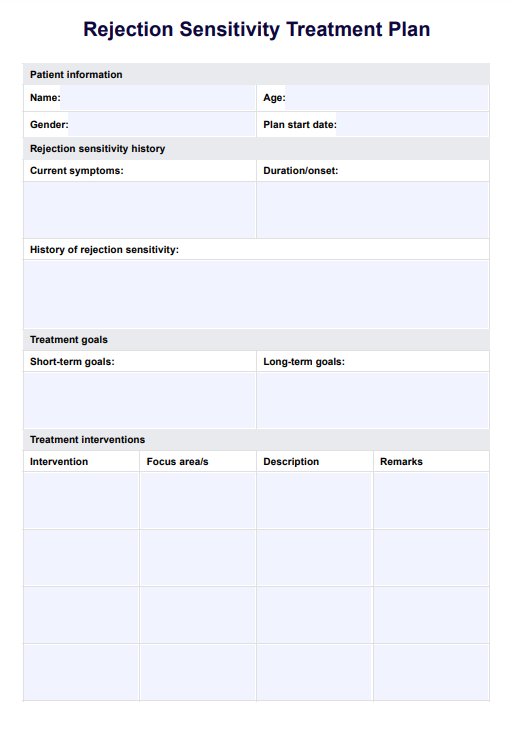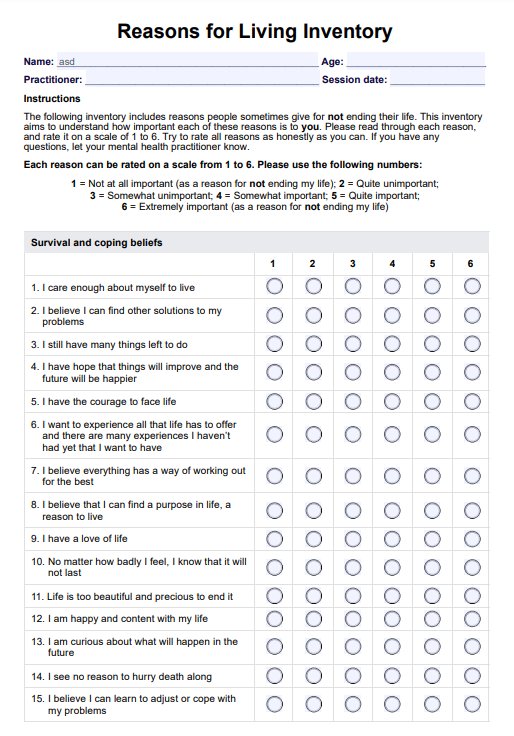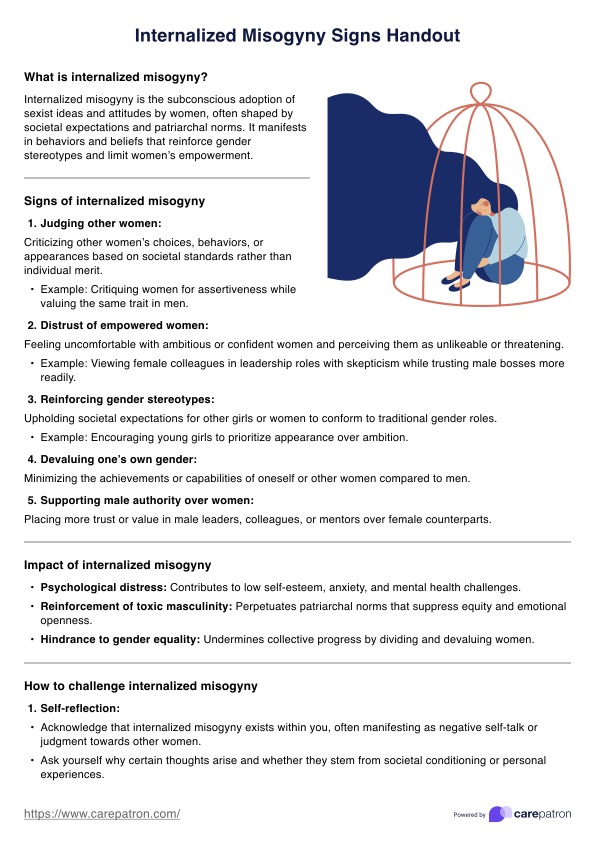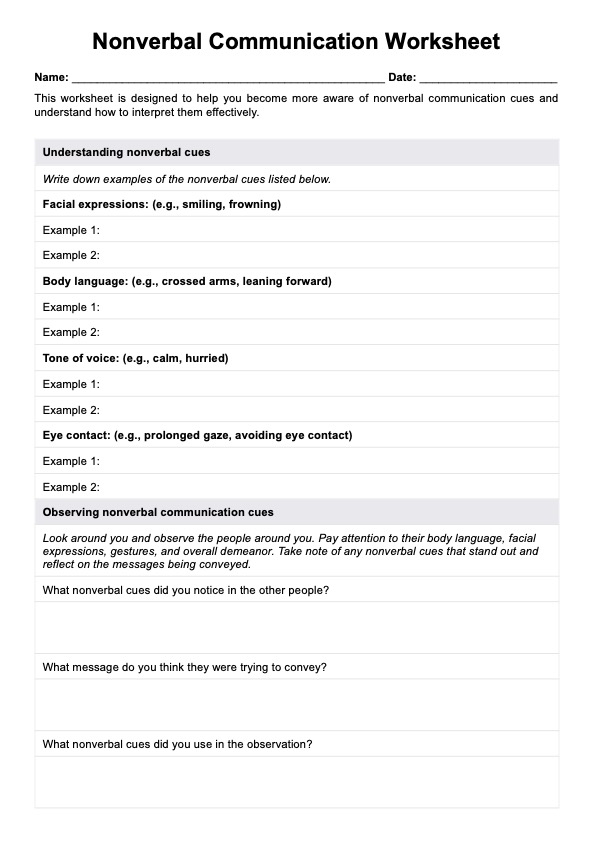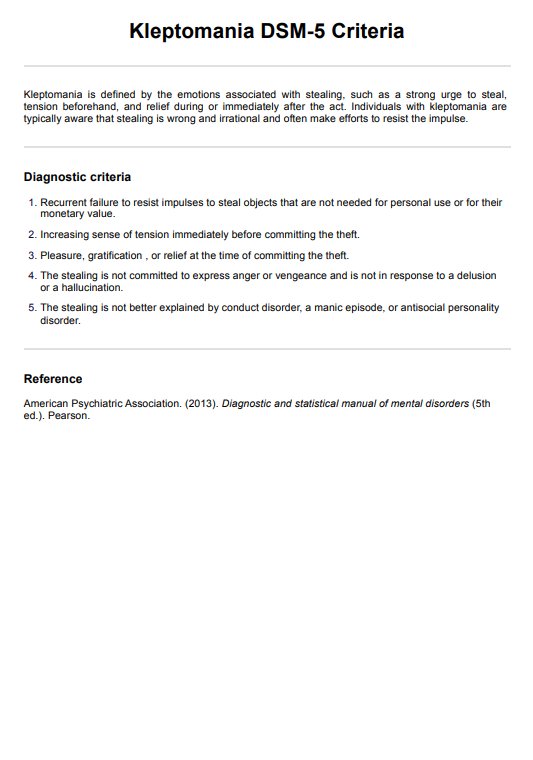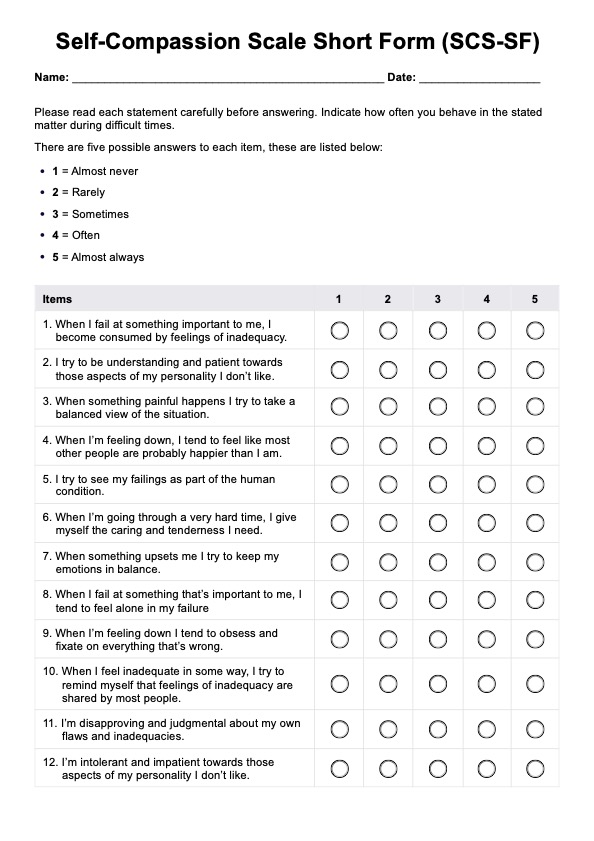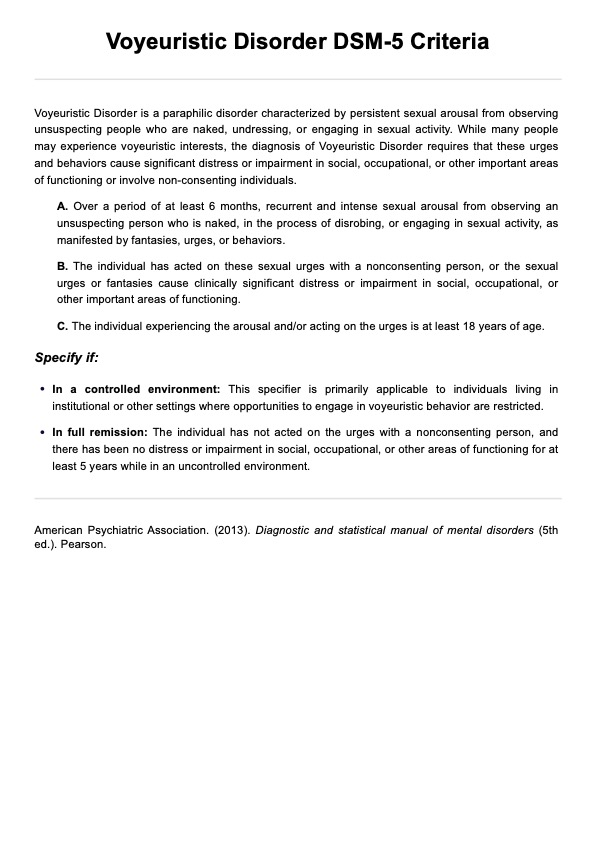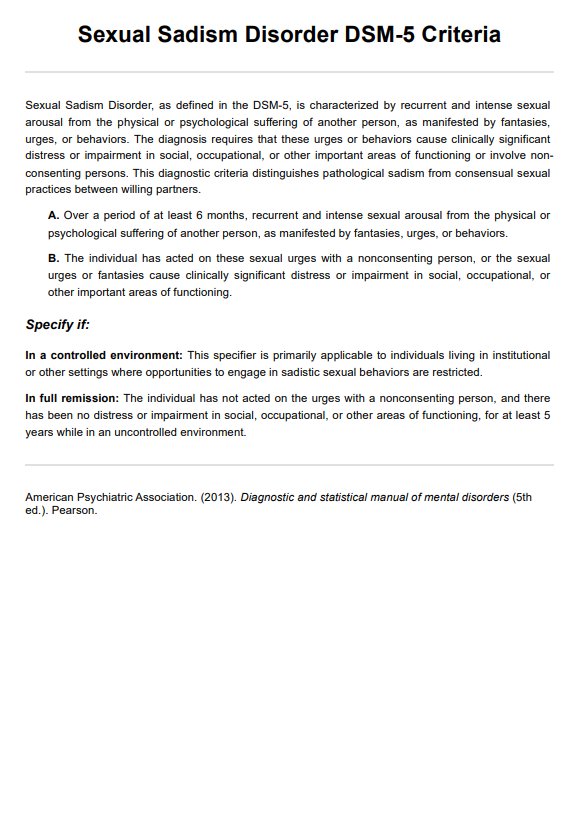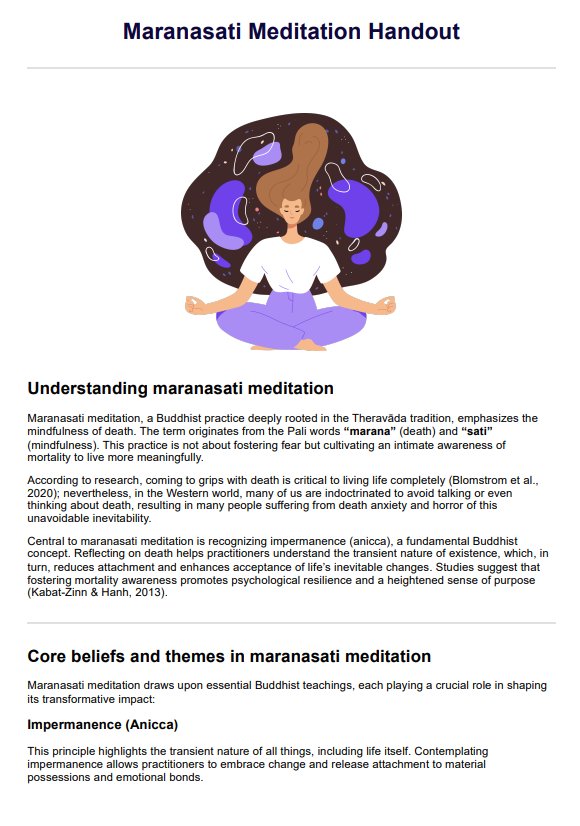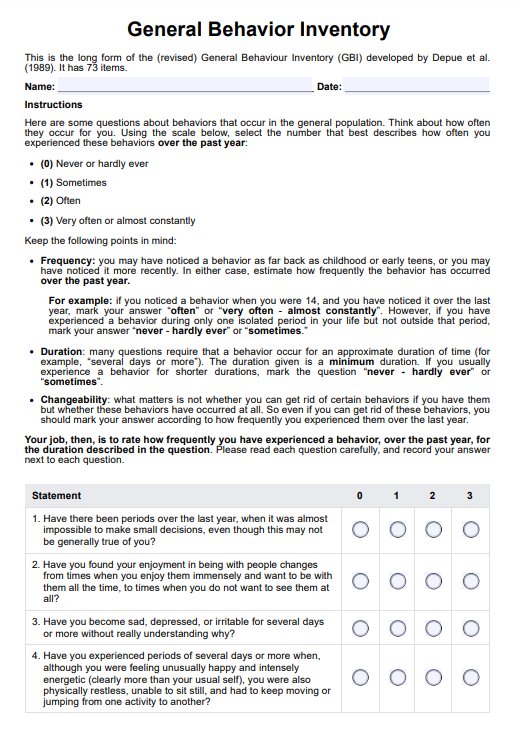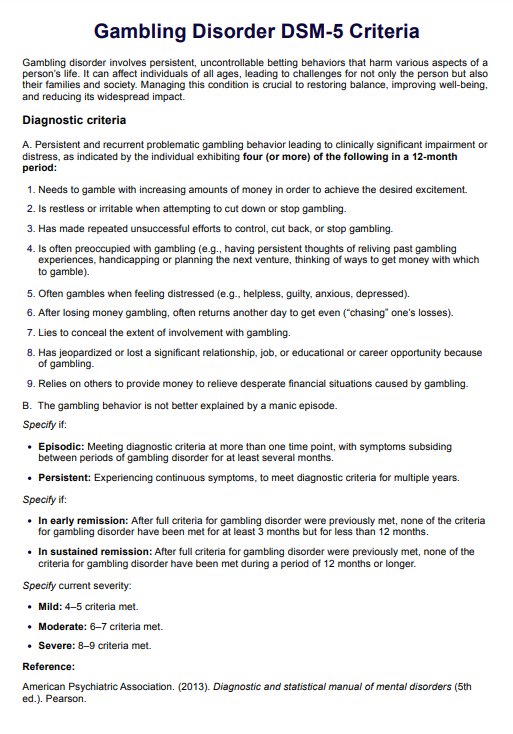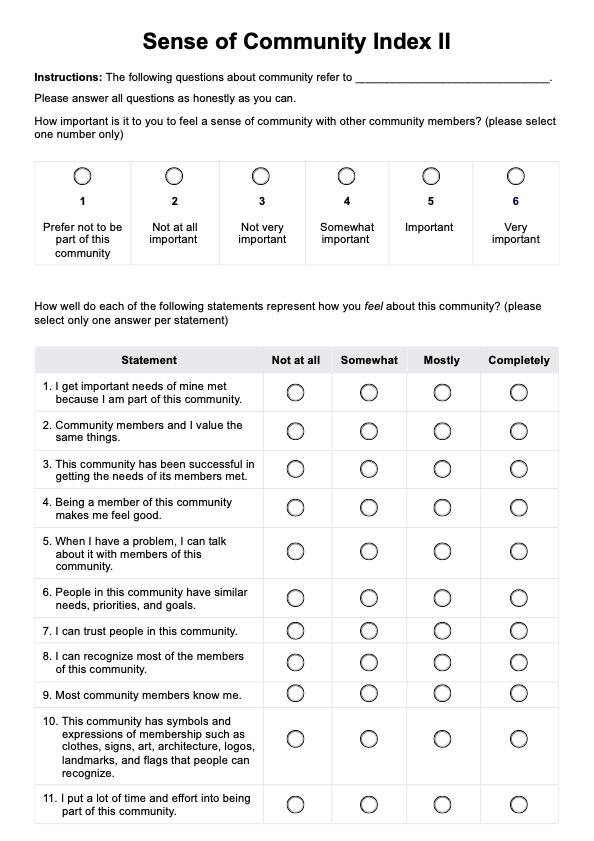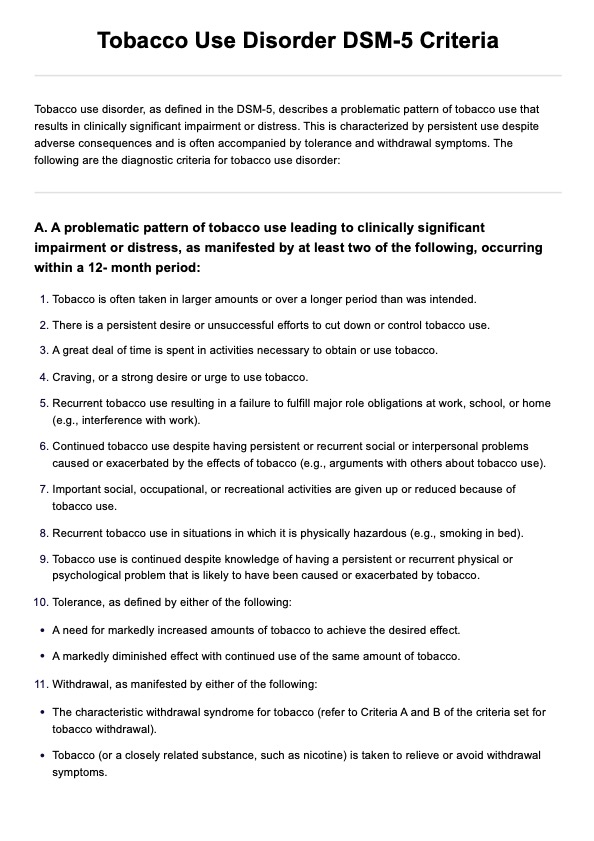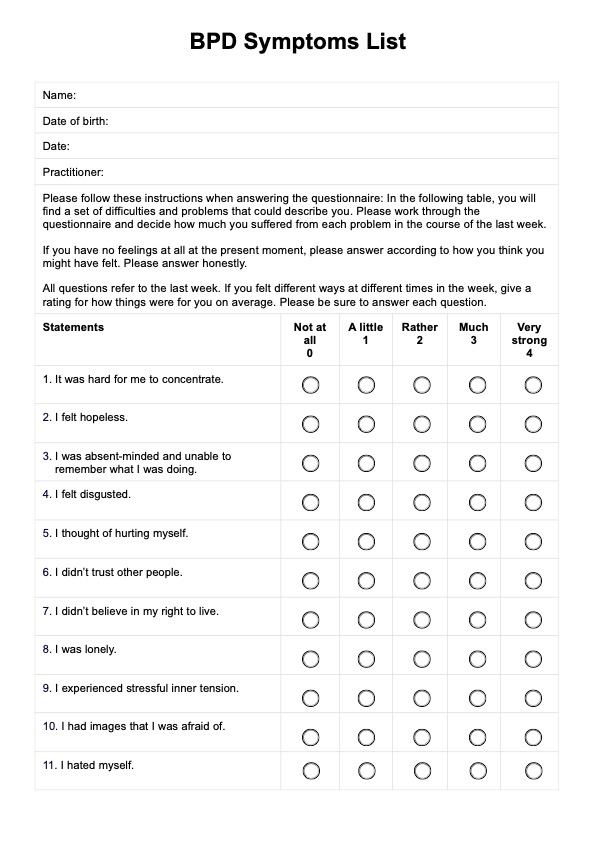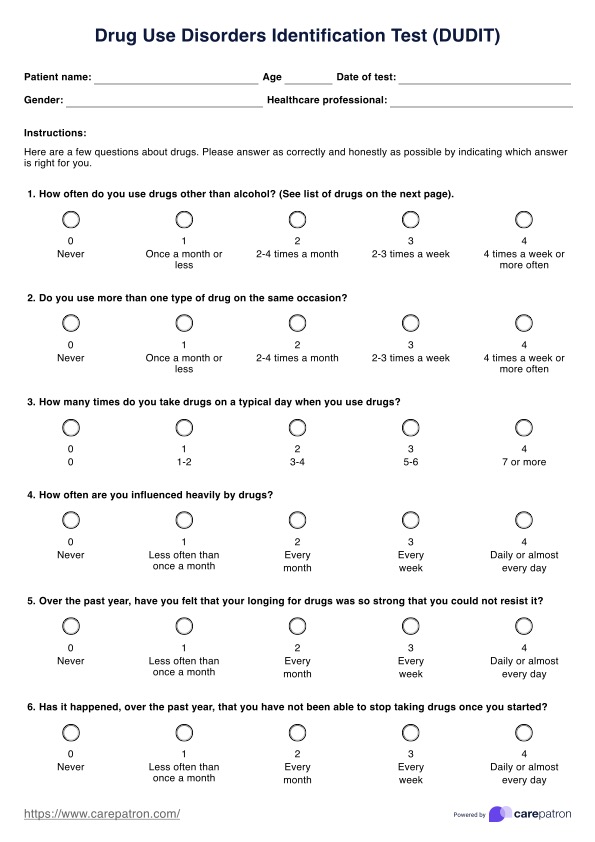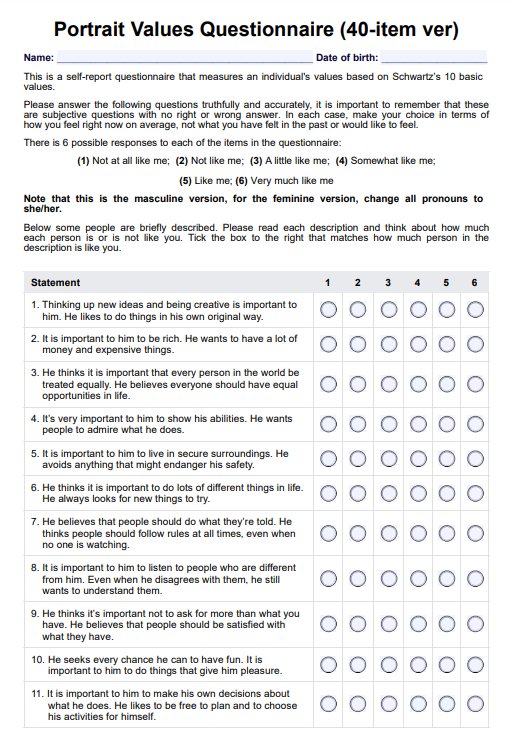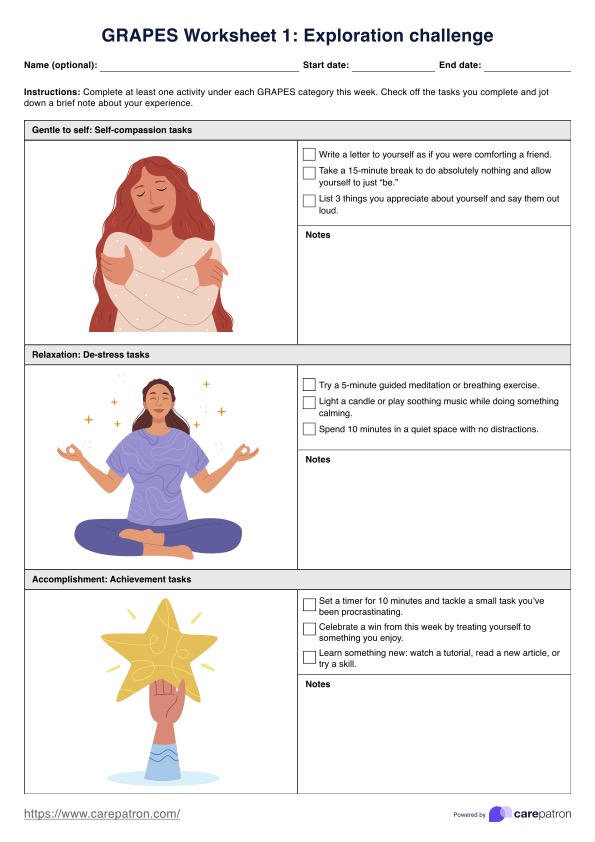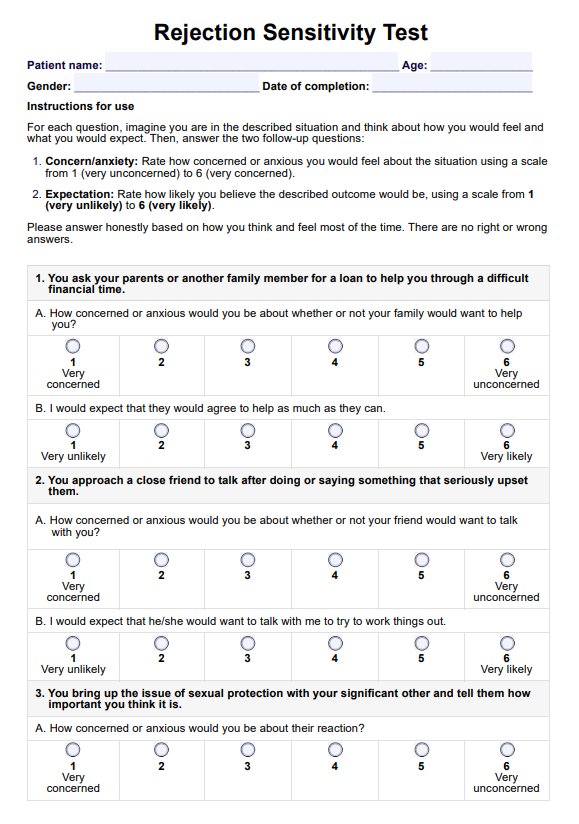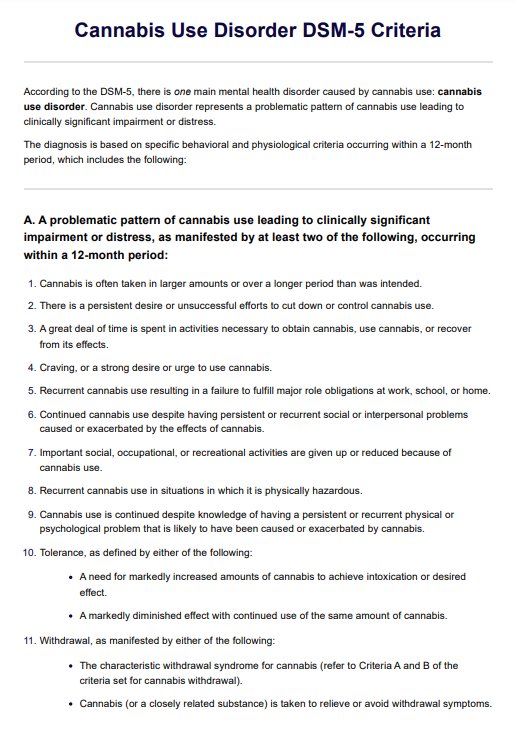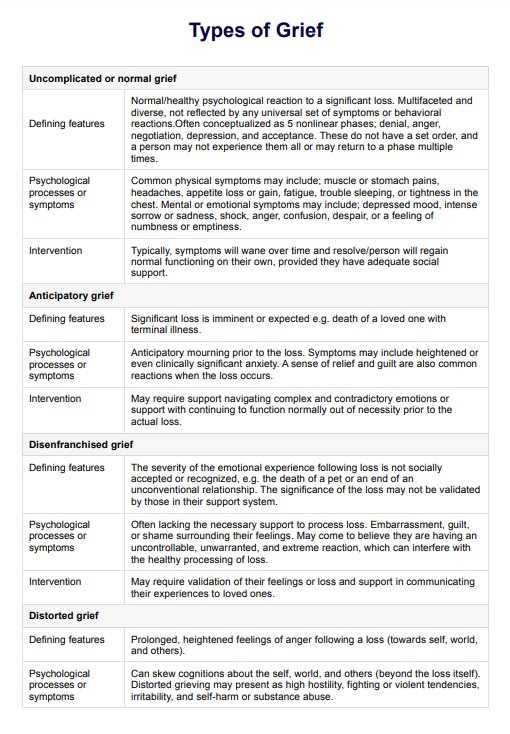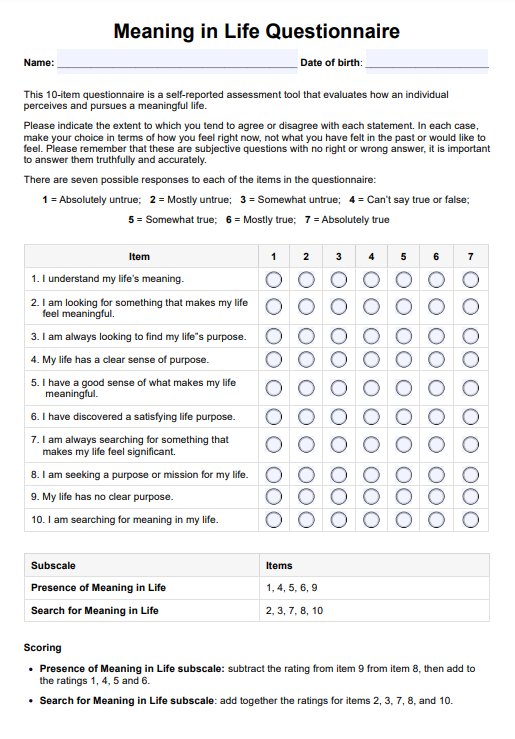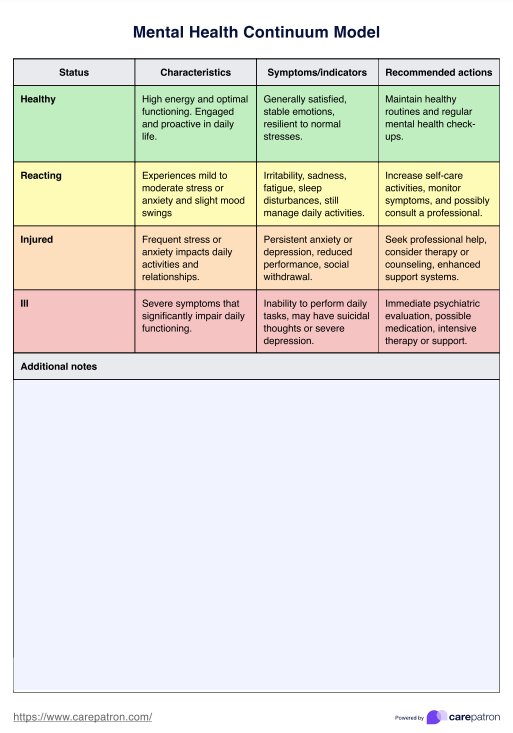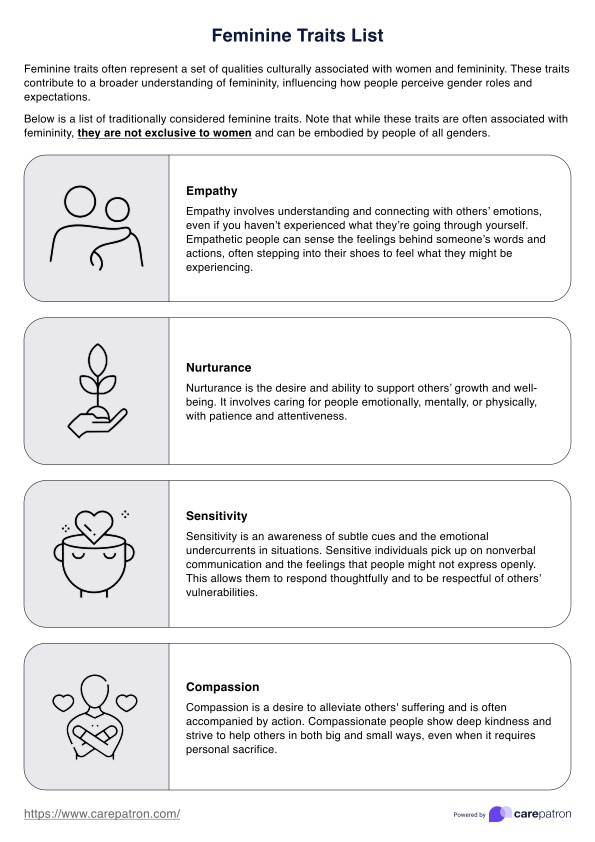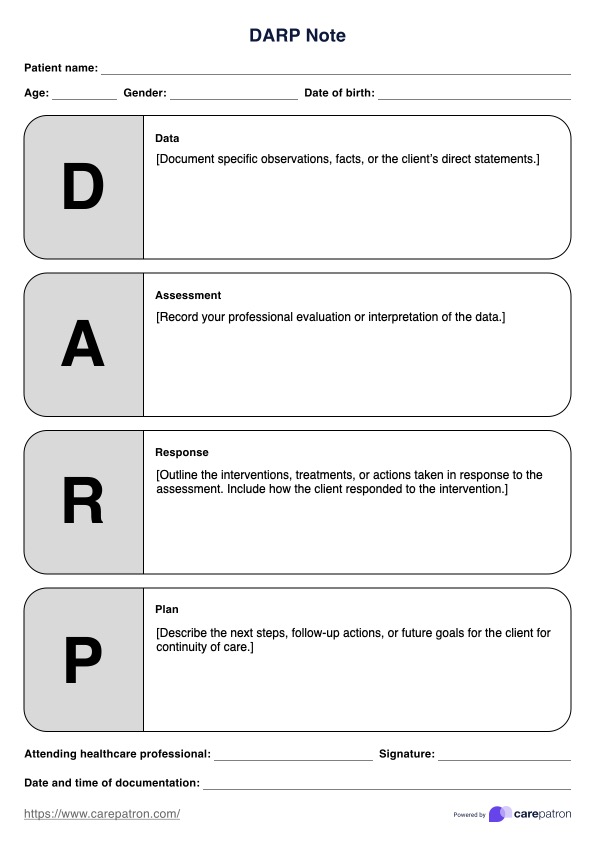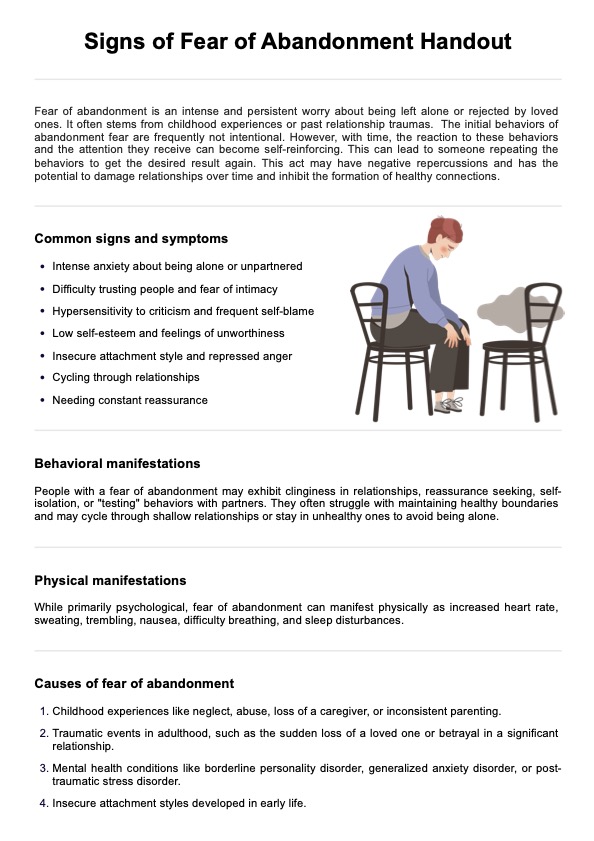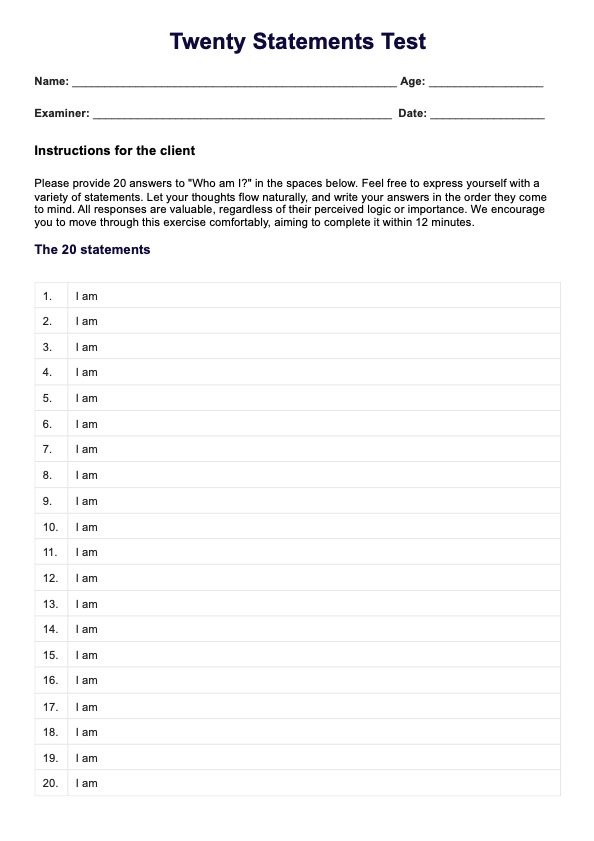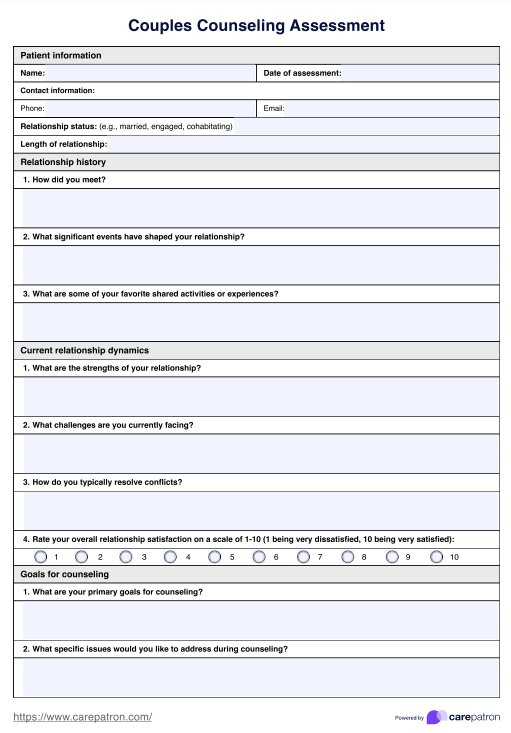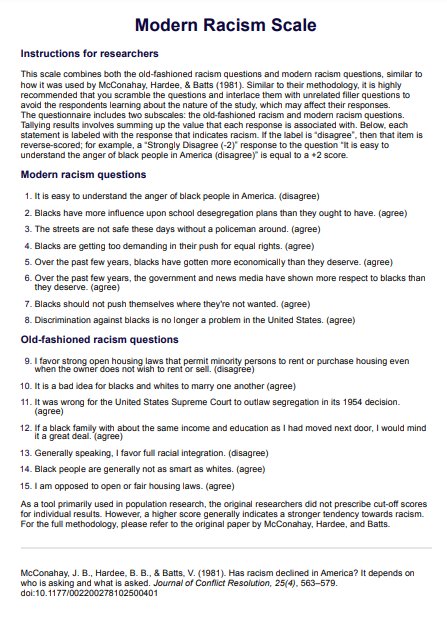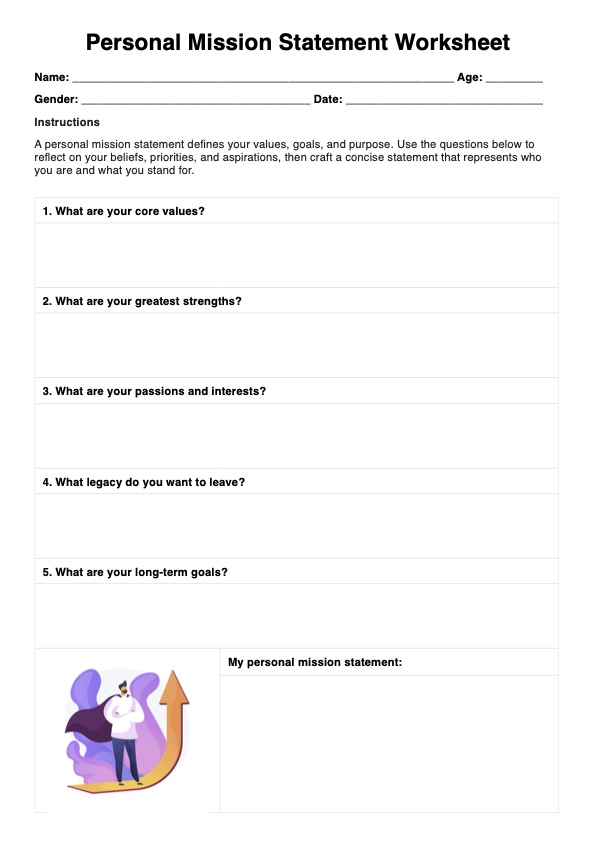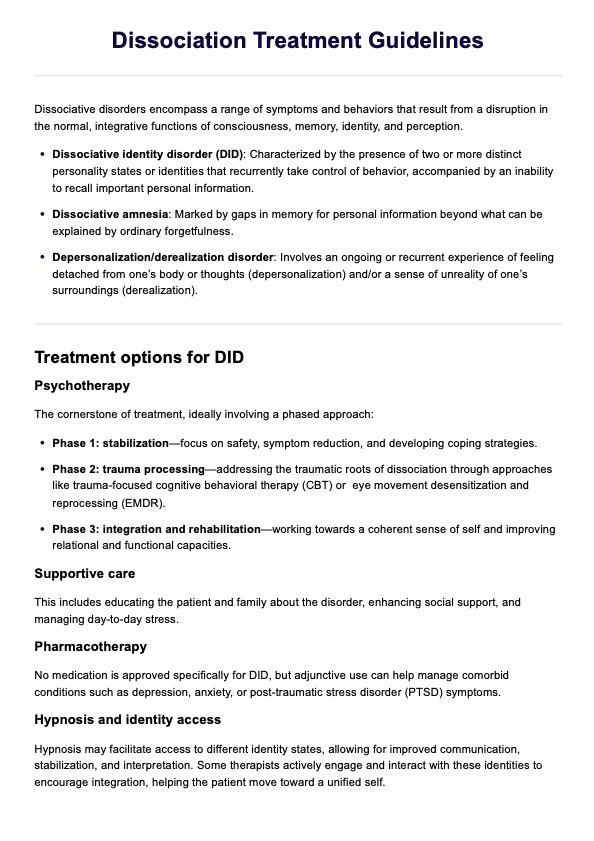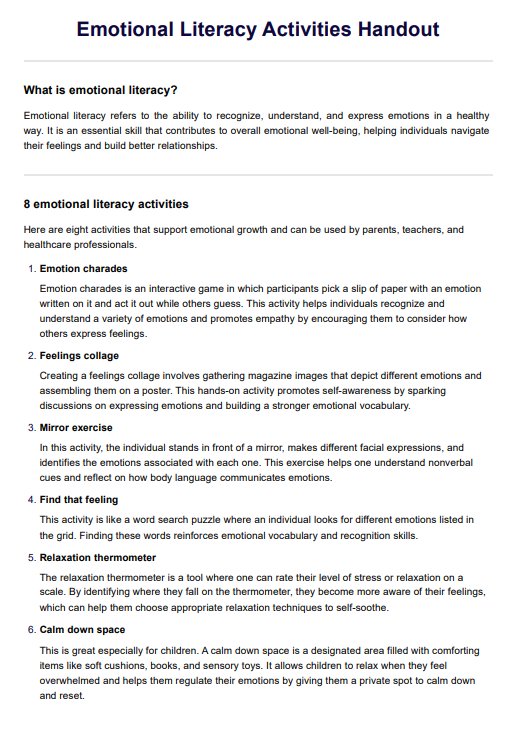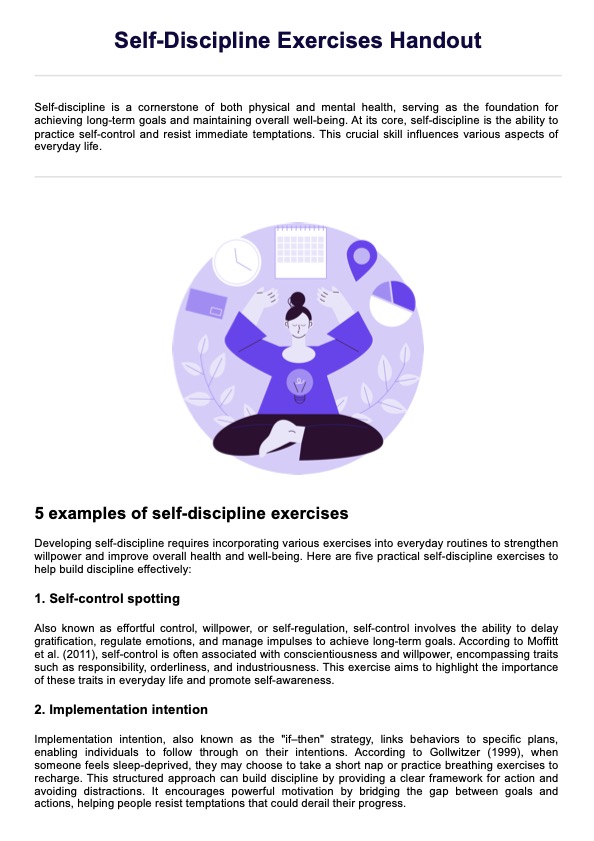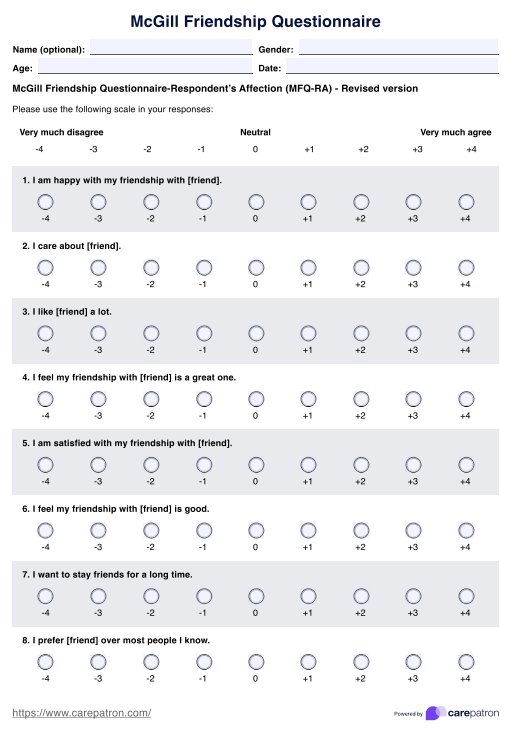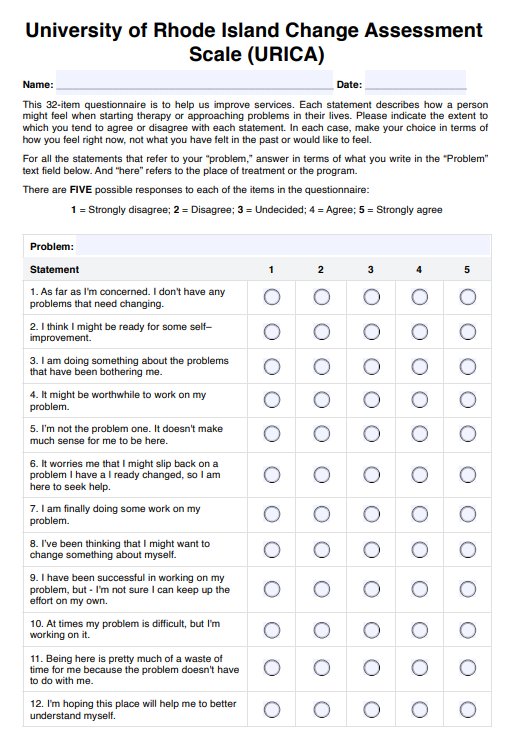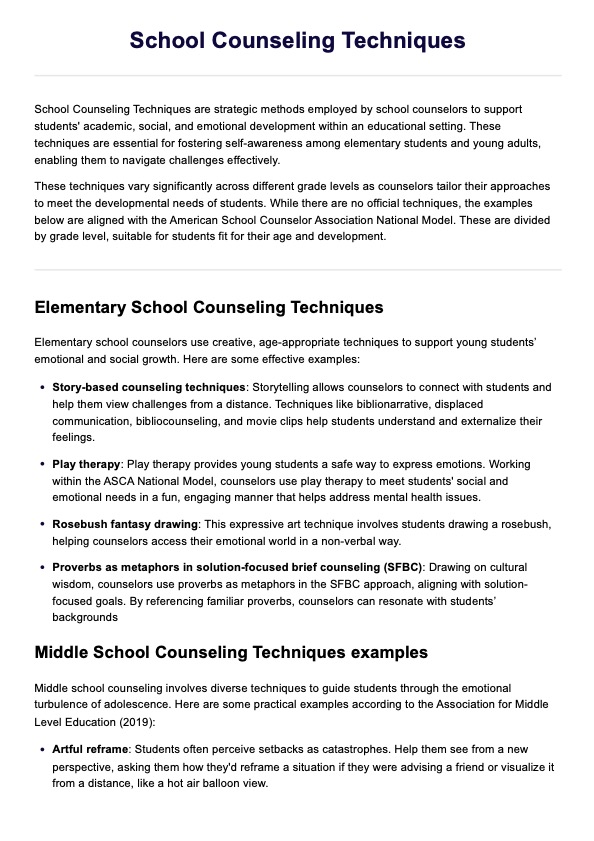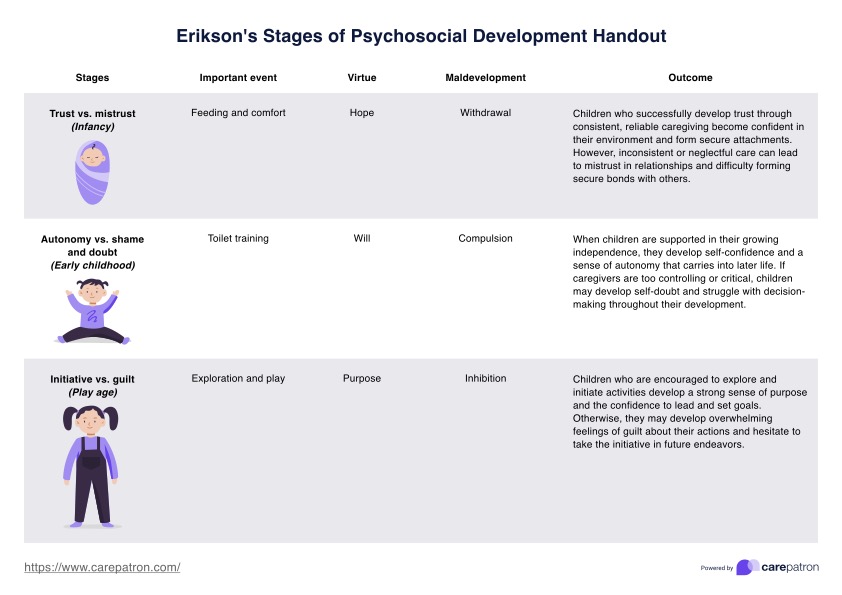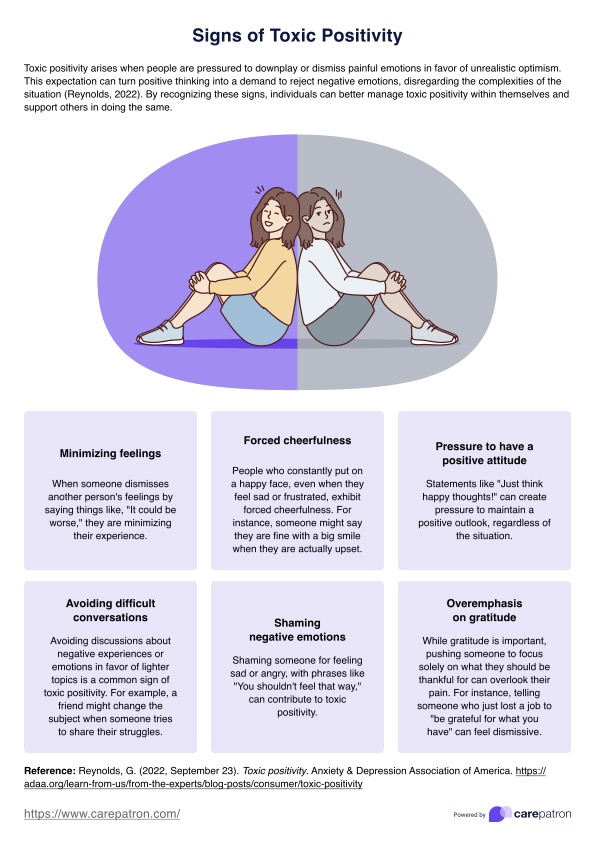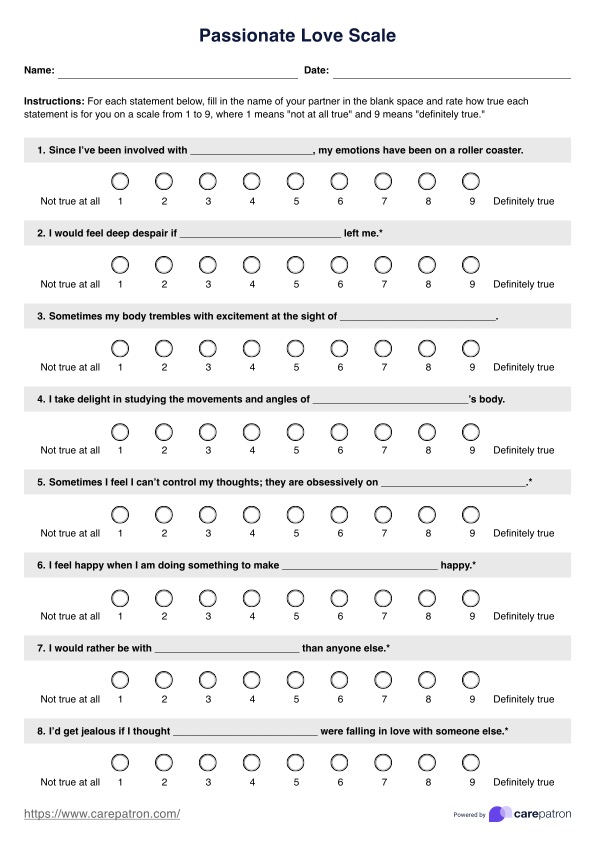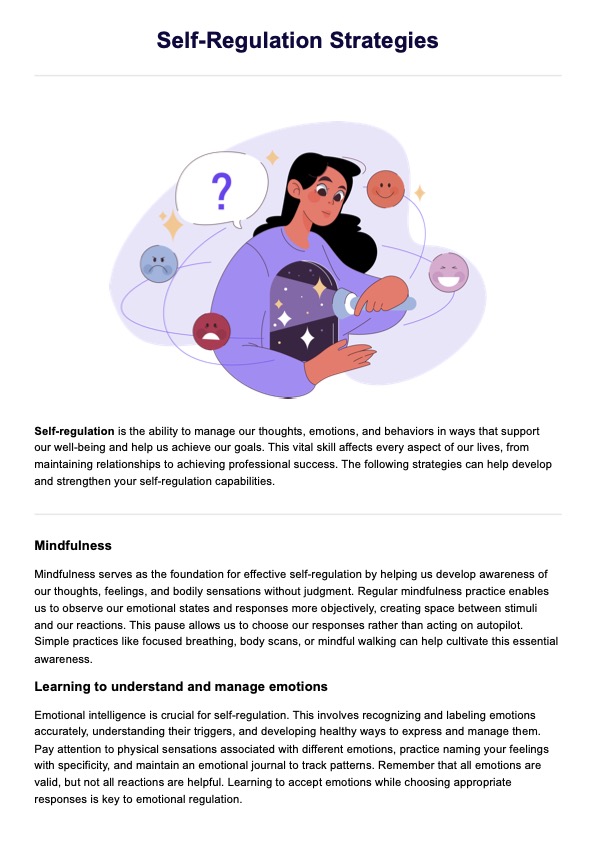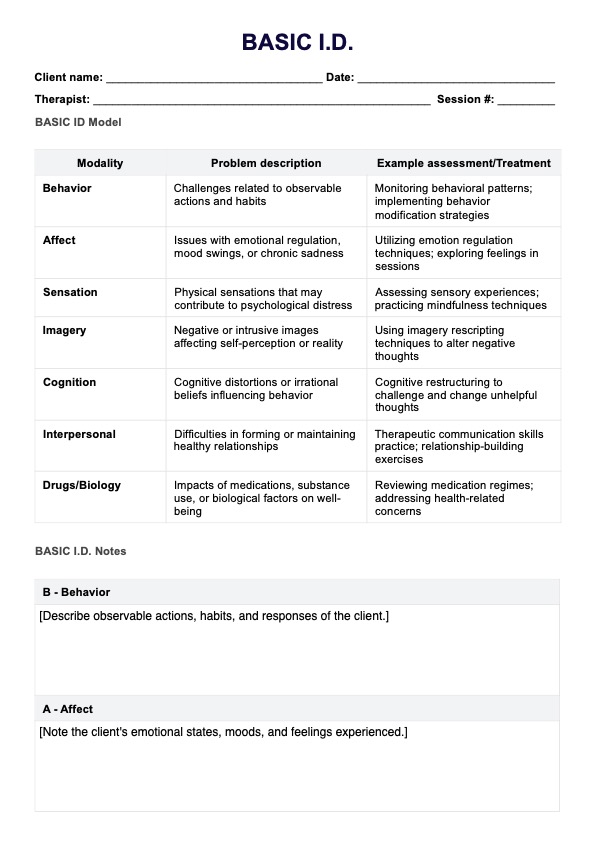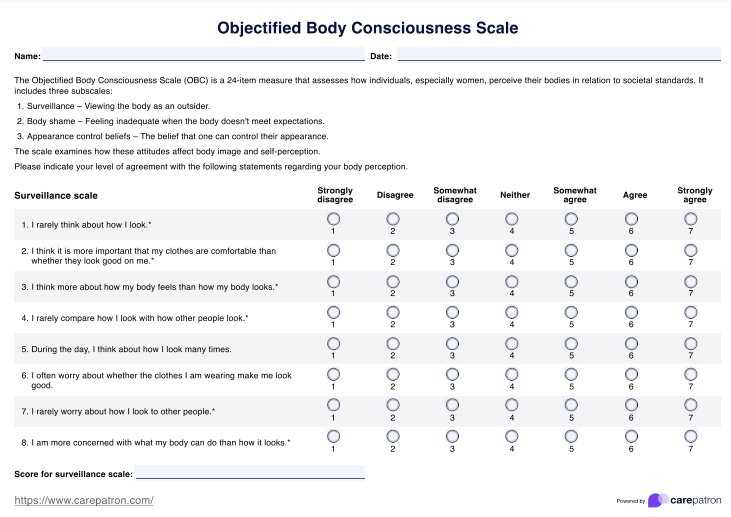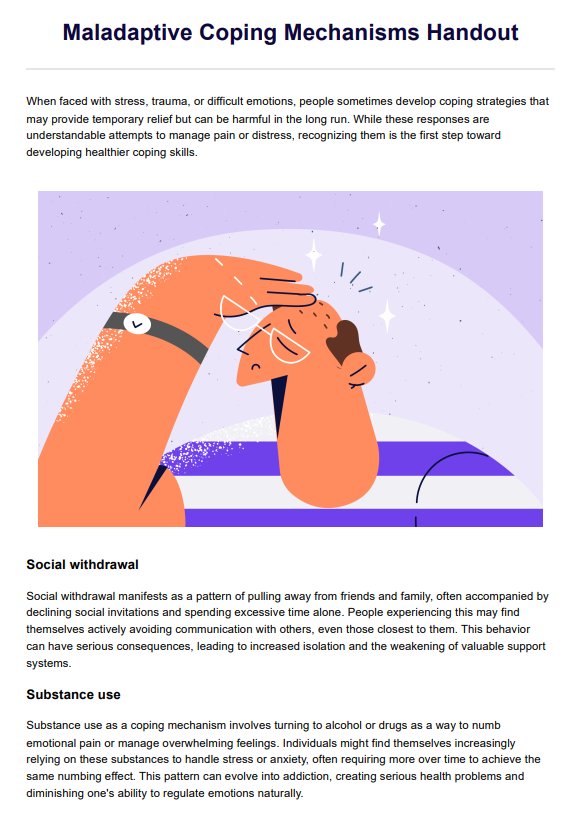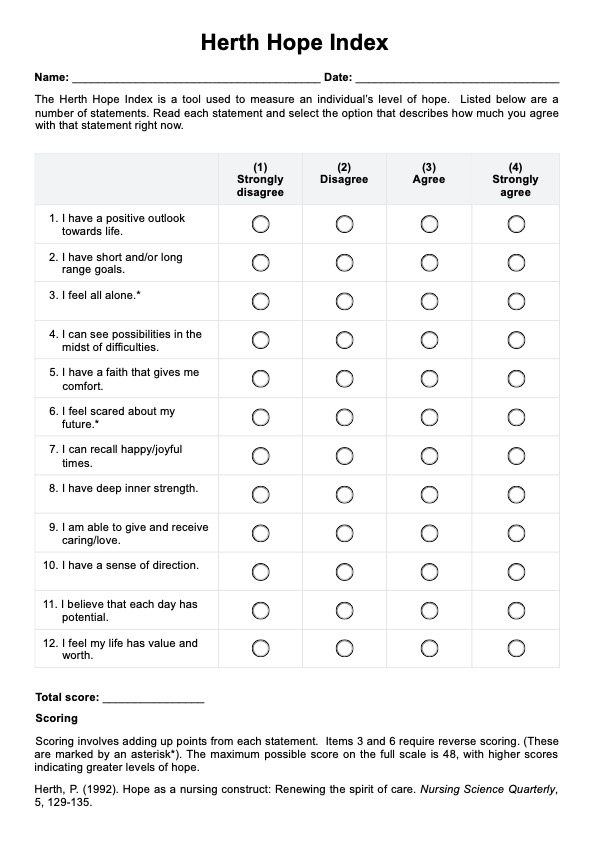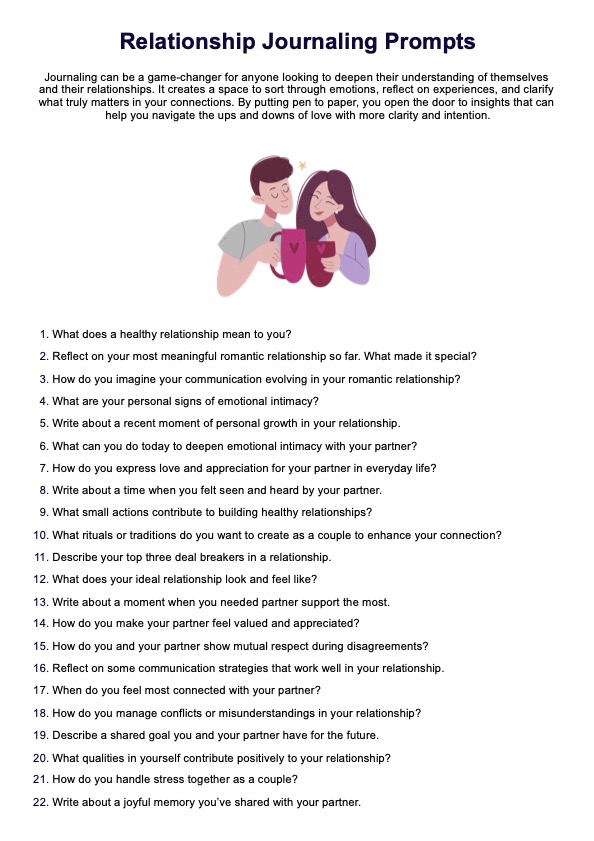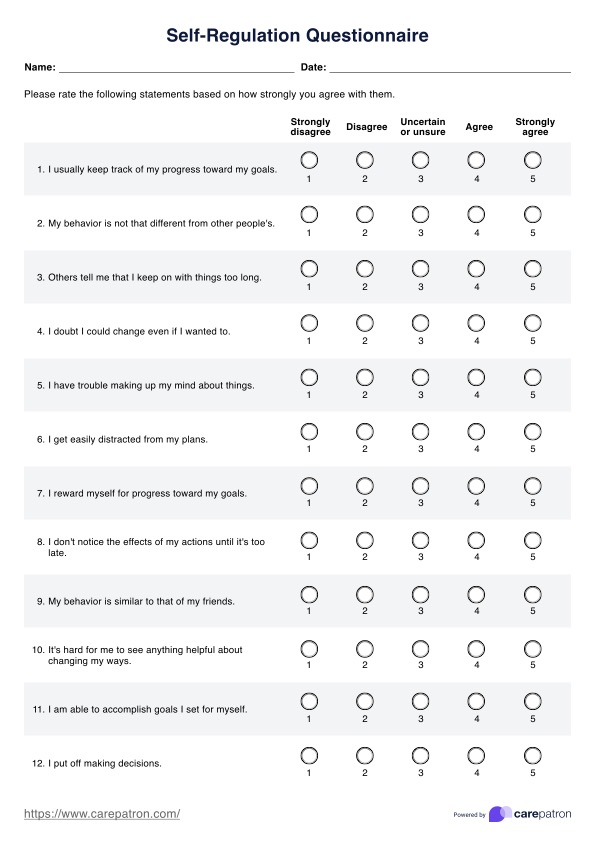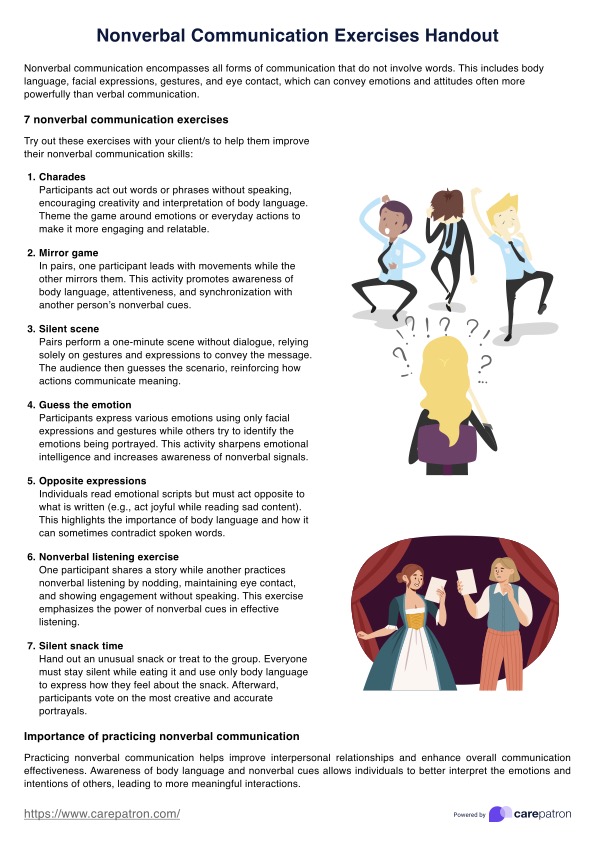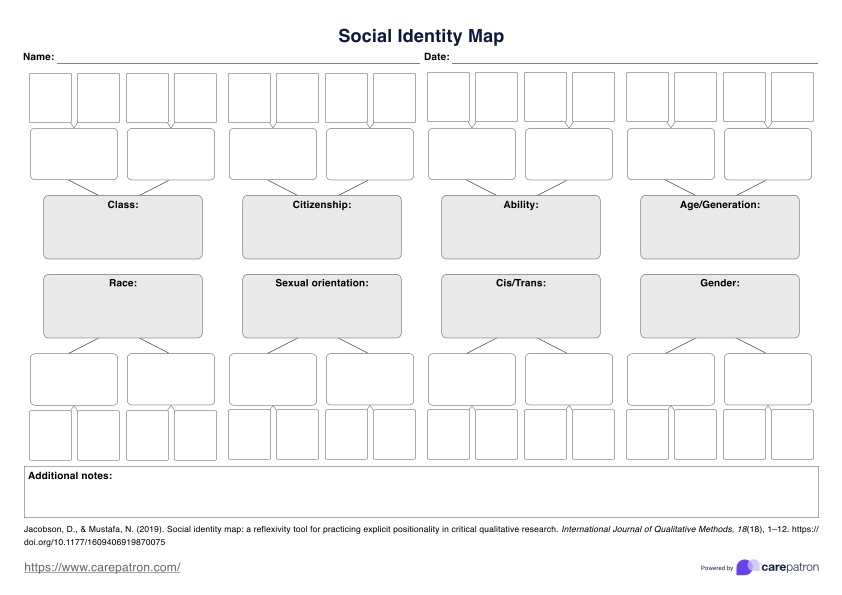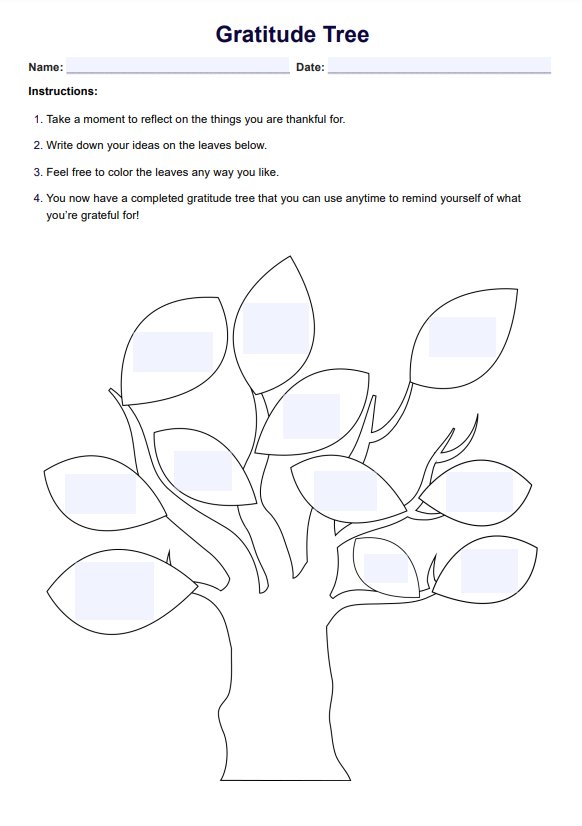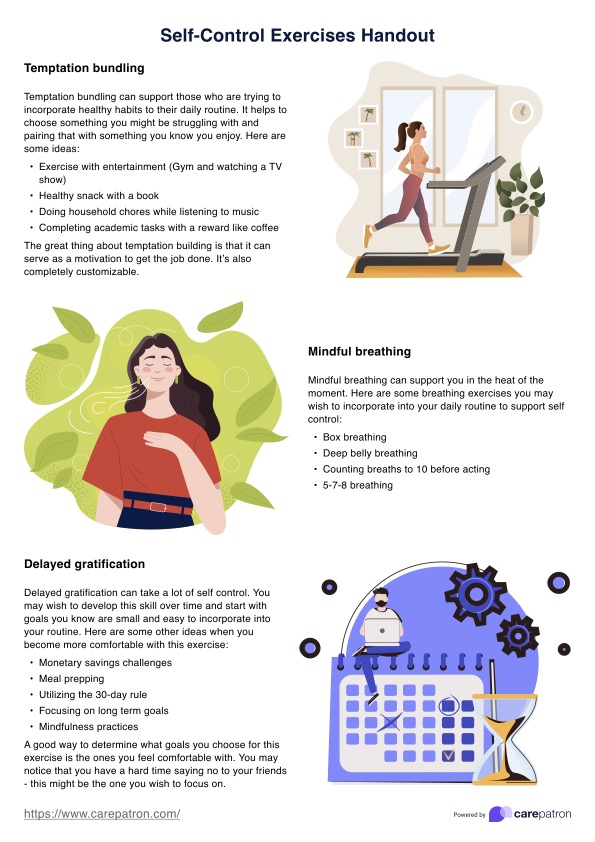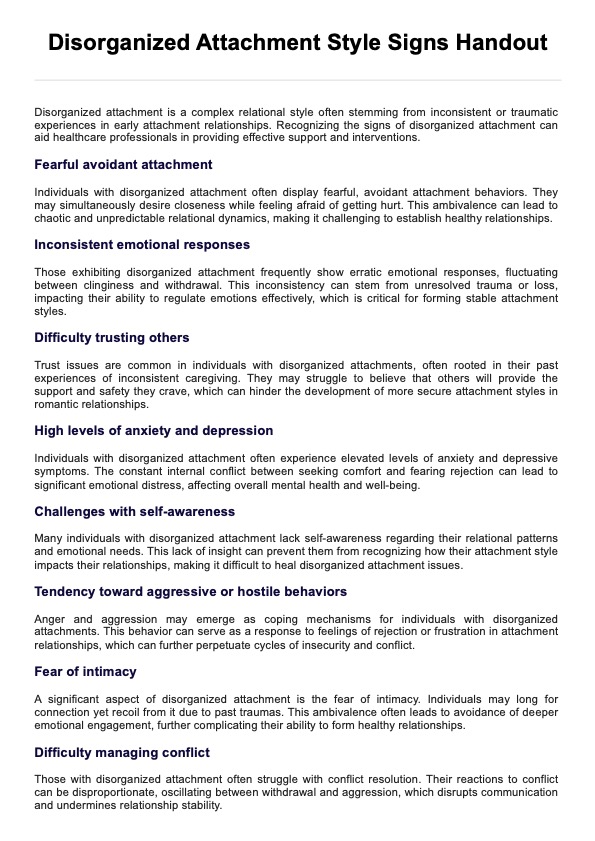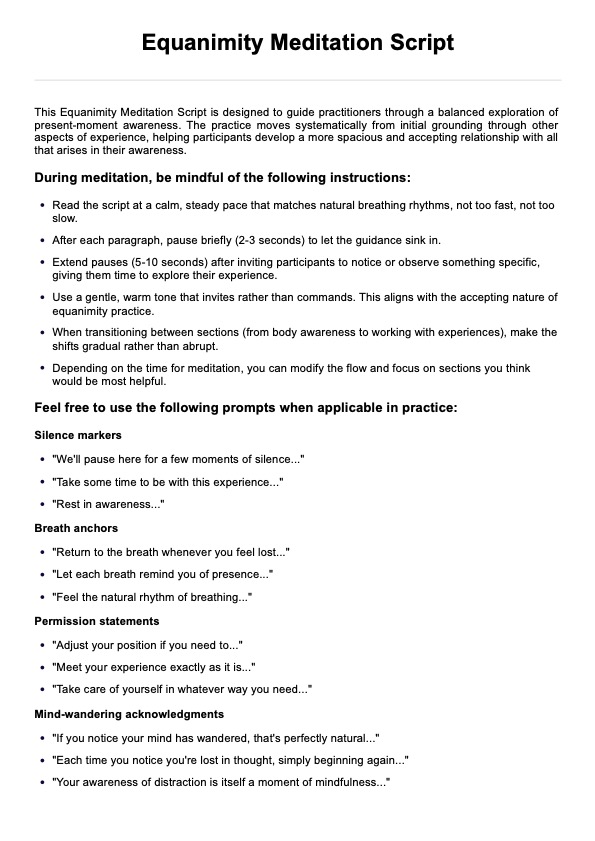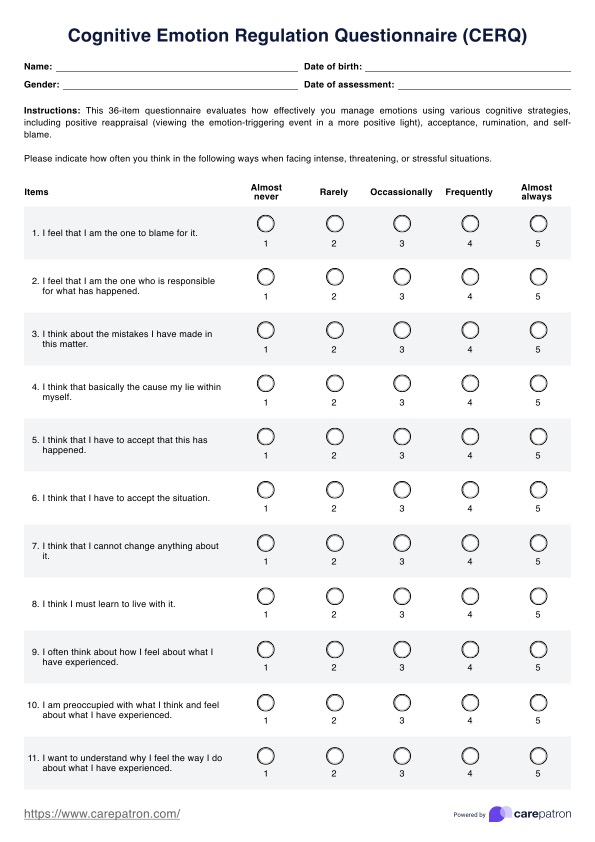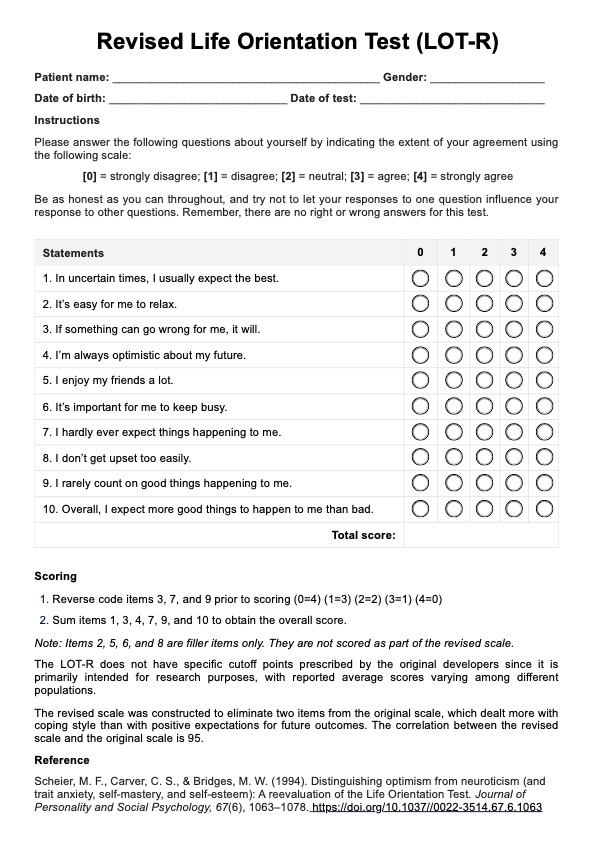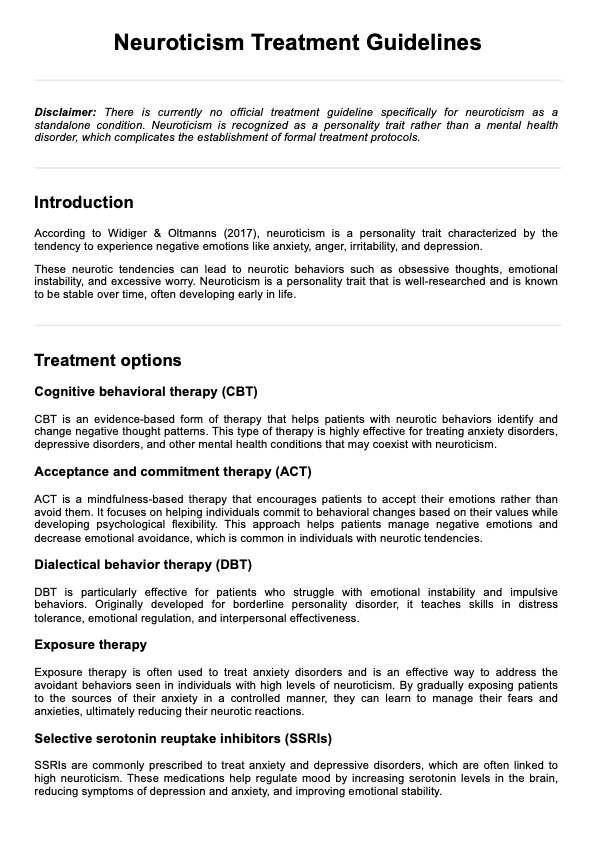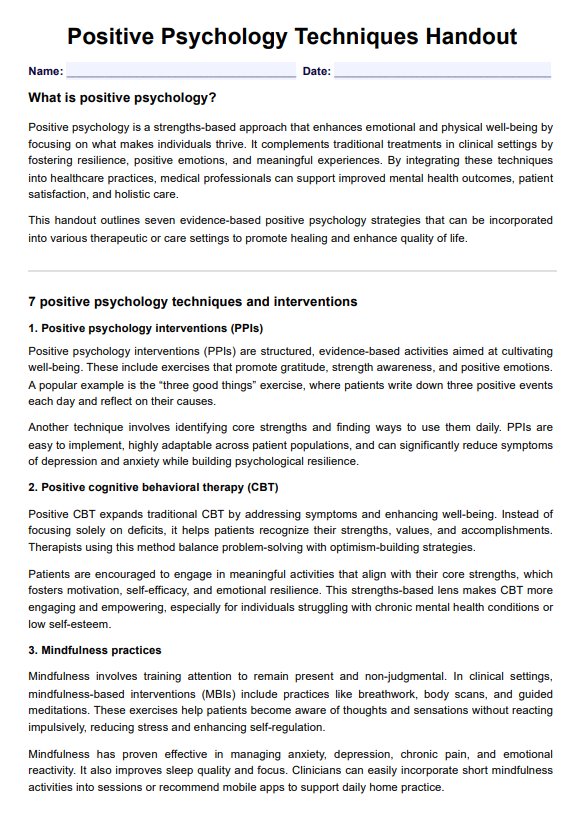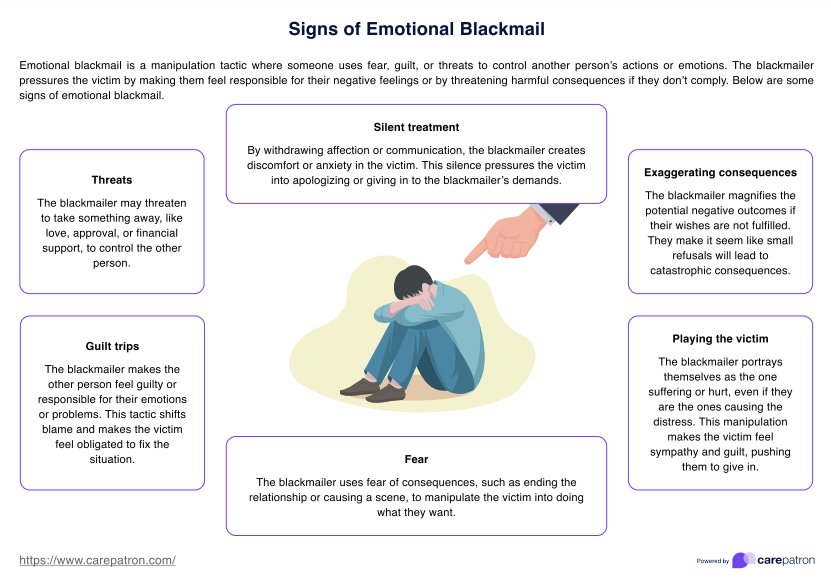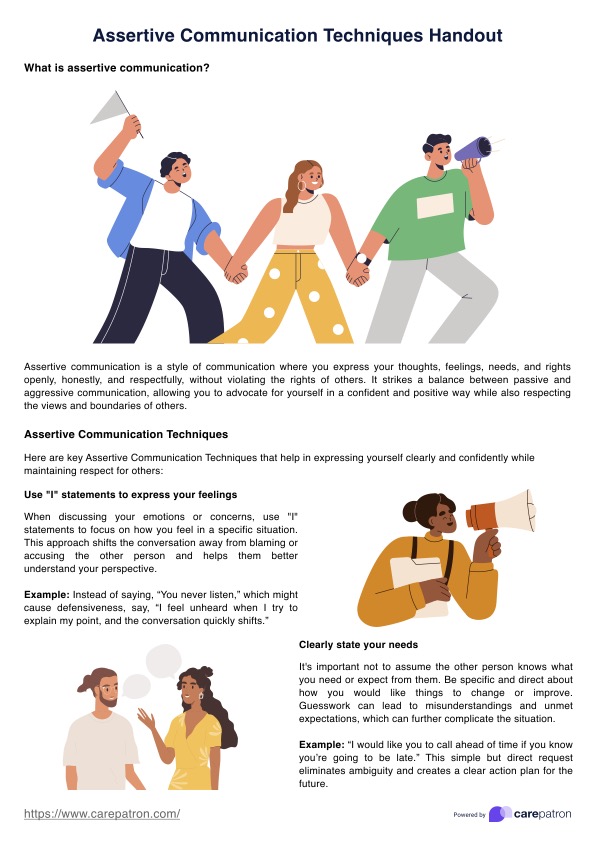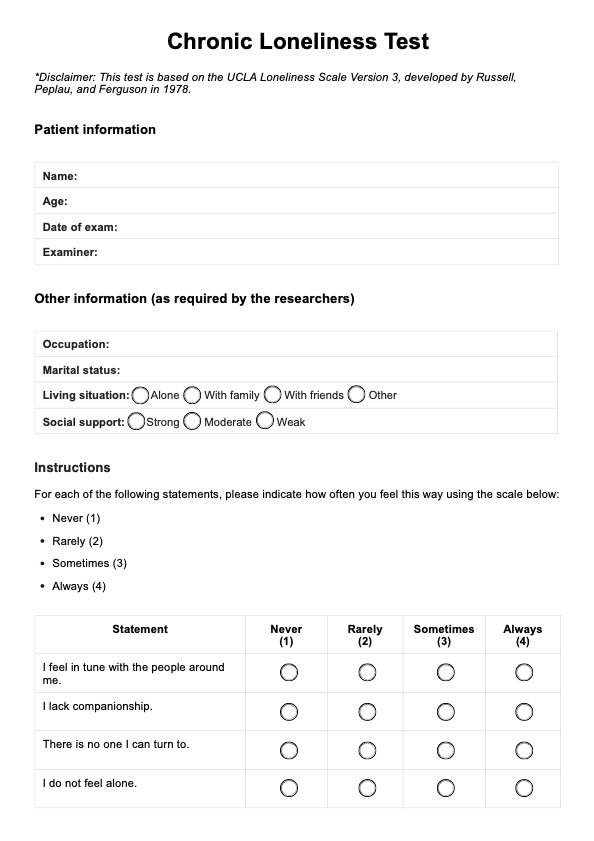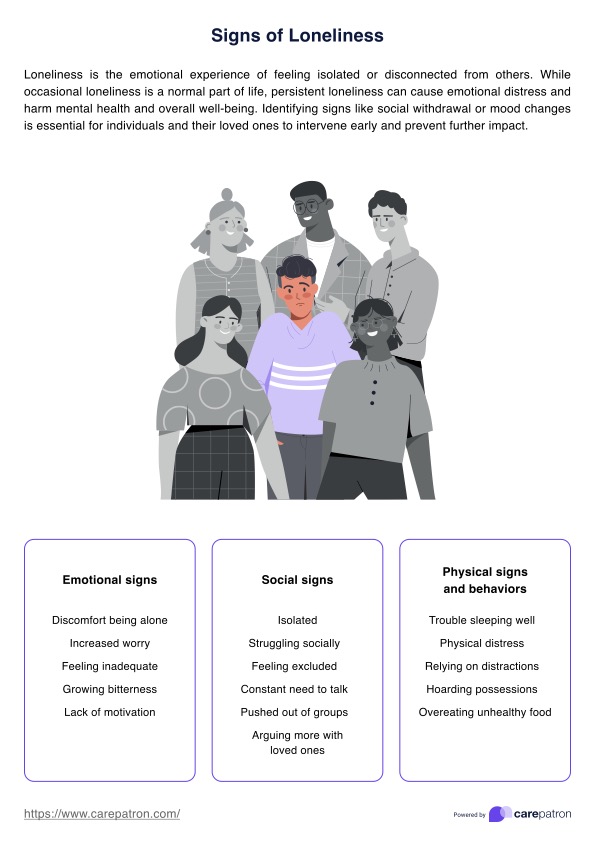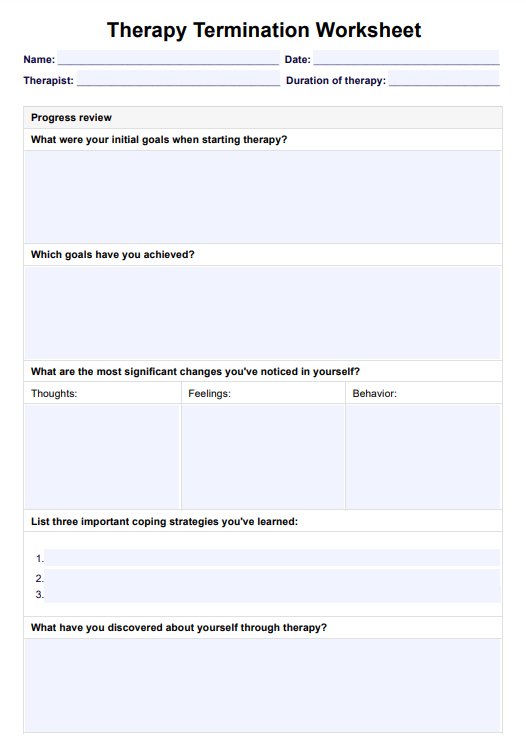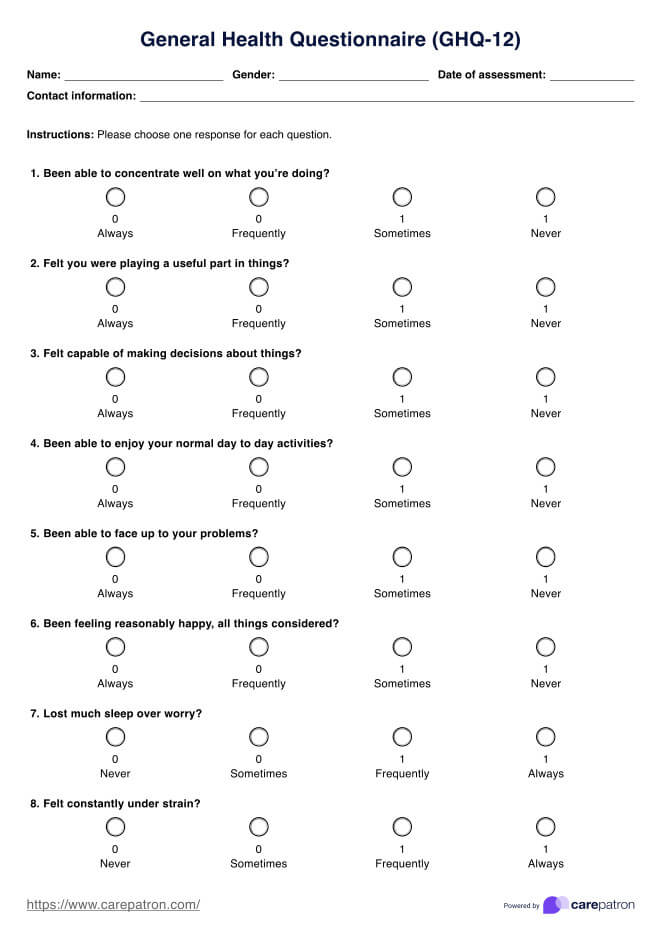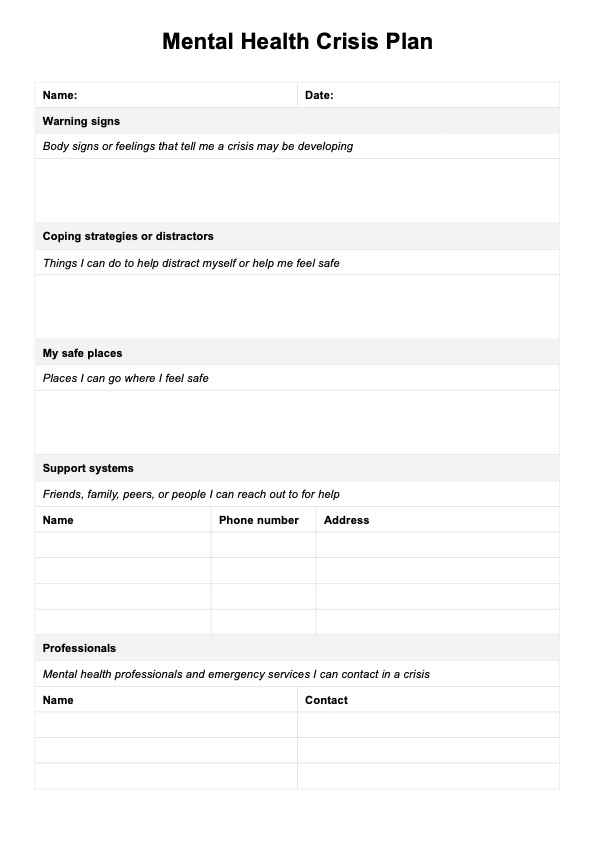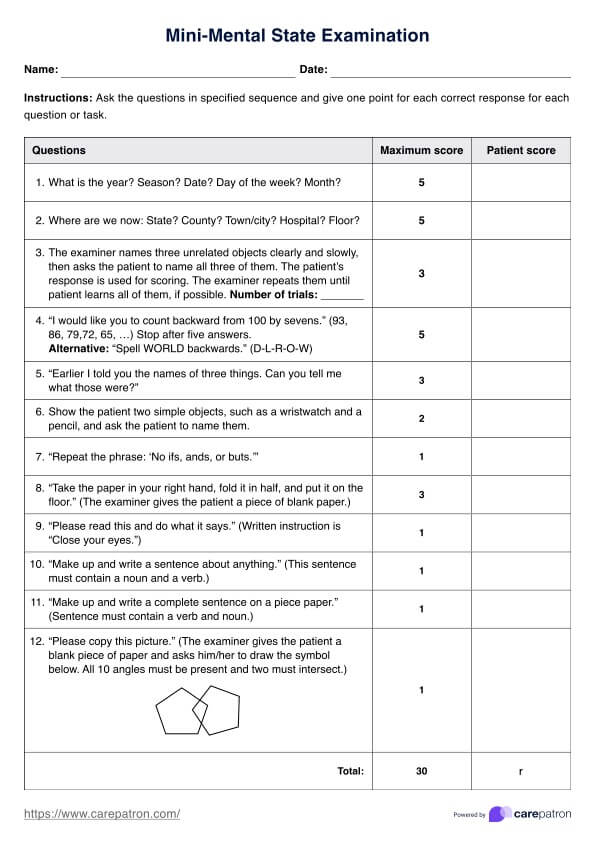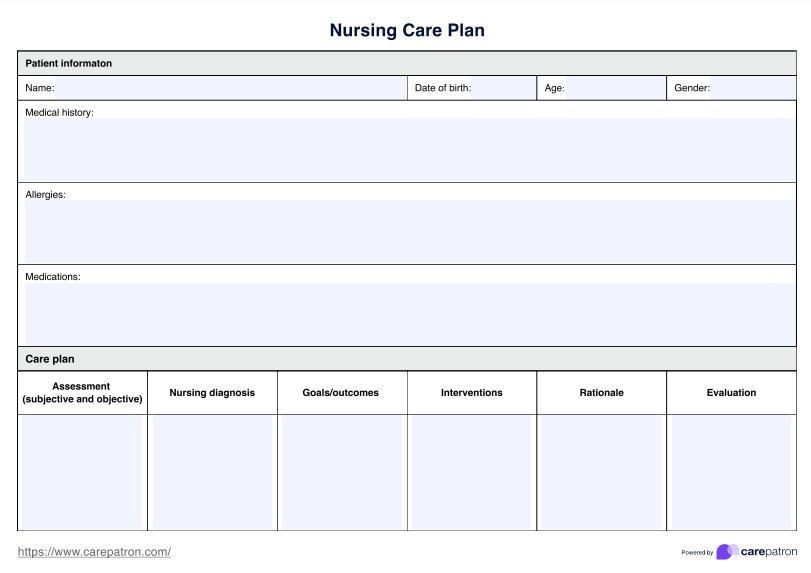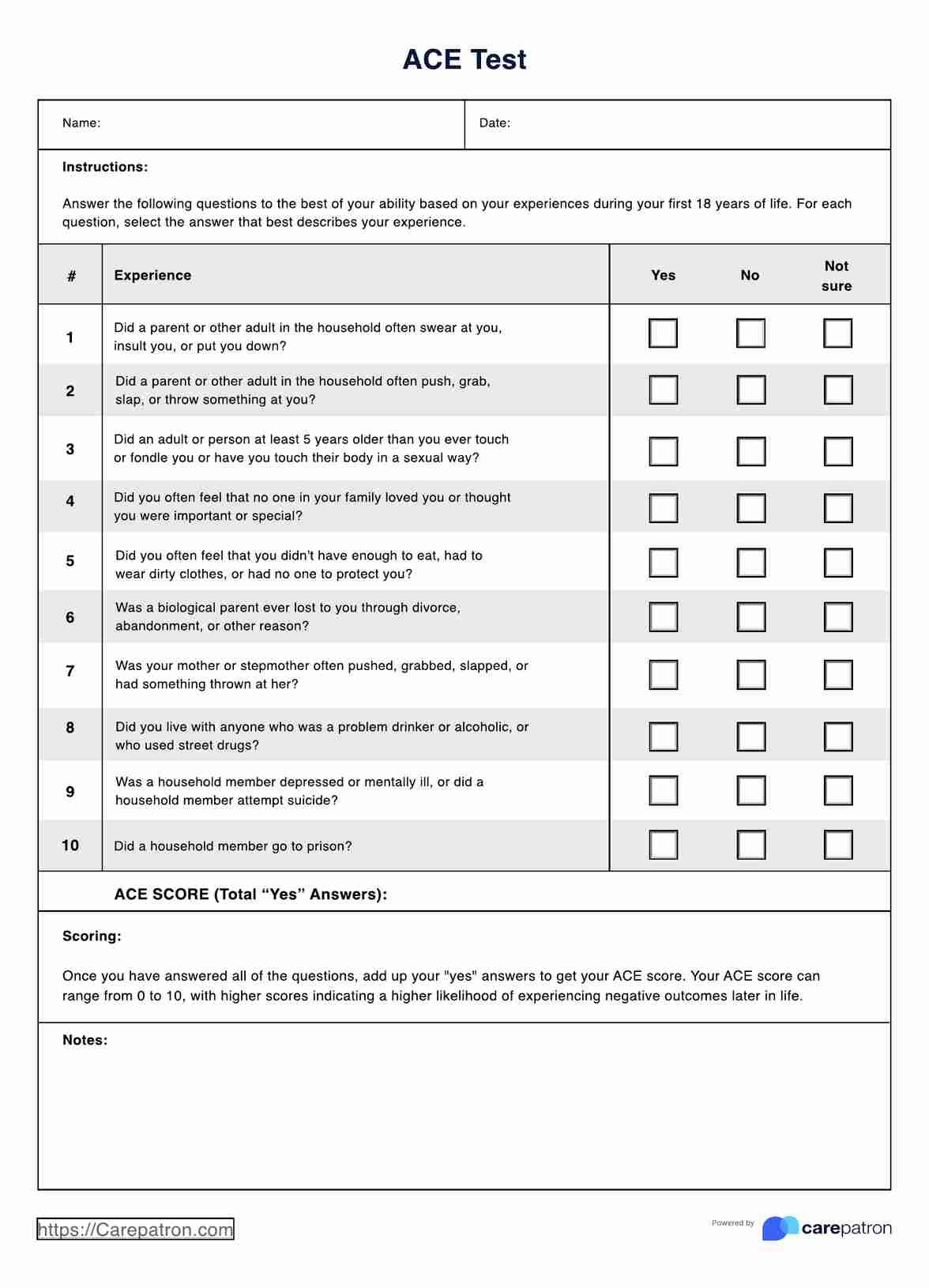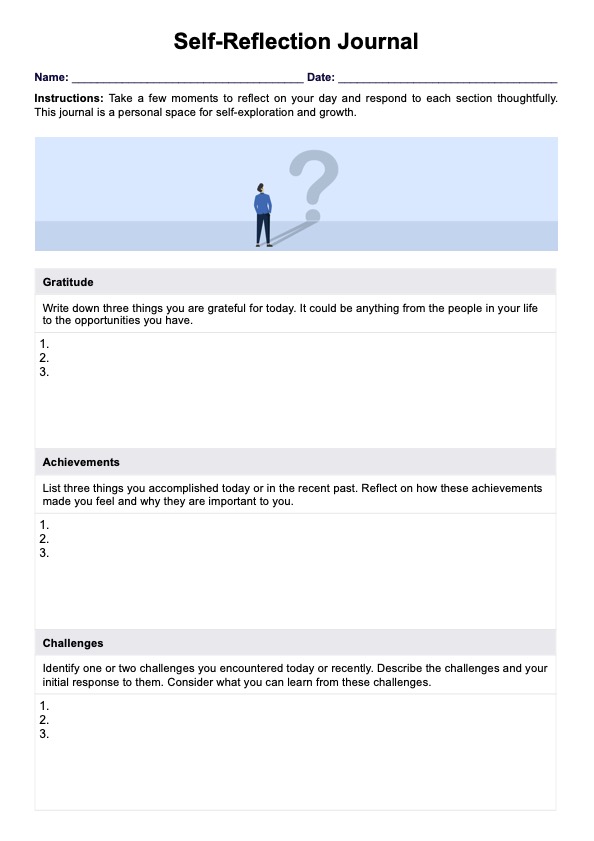Challenging Anxious Thoughts Worksheets
Help clients dealing with anxious thinking patterns with our Challenging Anxious Thoughts Worksheet.


What is a Challenging Anxious Thoughts Worksheet?
The Challenging Anxious Thoughts Worksheet is a valuable tool in cognitive-behavioral therapy, especially for individuals dealing with generalized anxiety disorder and other anxiety disorders characterized by constant worrying and negative thinking patterns. This worksheet aims to help individuals identify and challenge their anxious thoughts, promoting a shift from unhelpful thinking and worry to a more balanced perspective. This is one way towards overcoming anxiety and addressing overwhelming thoughts when feeling anxious.
This worksheet addresses cognitive distortions and unhelpful thinking patterns that contribute to heightened anxiety. It guides individuals through the process of recognizing and challenging unhelpful thoughts that may be irrational or based on emotional reasoning. It underscores the idea that it is normal to feel worried sometimes, but individuals can challenge anxious thoughts and change their thought patterns to lead a more positive and fulfilling life.
Rather than just telling them to stop worrying, this can be a way to explore anxious thoughts and how clients can better navigate them. When practitioners help clients break down anxious thoughts and make space for alternative perspectives, they can manage stress more effectively and develop coping mechanisms for daily life challenges.
Challenging Anxious Thoughts Worksheets Template
Challenging Anxious Thoughts Worksheets Example
How to use the Challenging Anxious Thoughts Worksheet
Using the Challenging Anxious Thoughts Worksheet involves a systematic process aimed at helping clients recognize, analyze, and reframe negative thought patterns and even solvable worries contributing to their anxiety. Here's a guide on how to effectively use the worksheet in your clinical practice:
Step 1: Access the template
Within this page, click on "Download" to get a fillable PDF copy of the template or click "Use template" to open and edit it within the Carepatron platform.
Step 2: Identify anxious thoughts
Guide clients in identifying the thoughts that contribute to anxiety. These could be recurring worries, irrational fears, or negative interpretations of situations. They can also write down physical and emotional sensations related to their anxiety such as stomach problems and shortness of breath.
Step 3: Let clients reflect on evidence and challenge the thoughts
Prompt clients to gather actual evidence that supports or challenges the validity of the thought. Let them reflect whether their thinking is based on making negative interpretations or patterns such as mind-reading or catastrophizing.
Step 4: Consider alternative thoughts
Encourage clients to consider alternative, more balanced perspectives. Guide them in challenging extreme or catastrophic thinking by considering some more likely outcomes and gaining a new perspective.
Step 5: Empower clients in moving forward
Help clients reflect on what they can do to address the situation. You can also guide them in creating positive counterstatements or affirmations to replace anxious thoughts. They can serve as a reminder of alternative ways to perceive and respond to situations.
When would you use this form?
The Challenging Anxious Thoughts Worksheet can be a helpful tool in your practice, but its application isn't just limited to a narrow frame. Here are some specific scenarios when this worksheet can be effective:
- Initial assessments: When a patient presents with signs of anxiety, this worksheet can help the practitioner quickly pinpoint specific triggers and thought patterns.
- Progress monitoring: The worksheet can be administered periodically to assess progress and adjust treatment plans as needed for patients already undergoing anxiety therapy.
- Cognitive behavioral therapy (CBT): As a core component of CBT, challenging negative thoughts is fundamental. This worksheet facilitates that process, encouraging patients to confront and reframe their anxious thoughts.
- Group therapy sessions: The worksheet can be an invaluable resource during group therapy, allowing members to share and discuss their anxious thoughts in a structured manner.
- Homework assignments: Therapists can assign this worksheet as homework, asking patients to fill it out during anxiety-provoking situations and providing real-time data for subsequent sessions.
- Workshops and training: For psychologists conducting workshops on anxiety management, this worksheet can be a practical handout for participants to practice challenging their anxious thoughts.
Benefits of using this worksheet
Challenging Anxious Thoughts Worksheets offer several benefits in helping clients learn how to challenge anxious thoughts and develop more balanced ones:
Identification of negative thought patterns
The worksheet prompts individuals to identify and recognize negative thought patterns and cognitive distortions contributing to anxiety, fostering self-awareness.
Promotion of cognitive restructuring
As clients challenge anxious thoughts on the worksheet, they engage in cognitive restructuring, which involves shifting from irrational or unhelpful thinking to more balanced and rational perspectives.
Development of coping strategies
The worksheet provides practical tools for daily life and guides individuals in developing effective coping strategies to manage stress, uncertainty, and anxiety.
Encouraging realistic thinking
The worksheet encourages a realistic evaluation of situations, challenges catastrophic thinking, and helps individuals consider various outcomes without solely focusing on the worst-case scenario.
Empowerment and self-efficacy
Engaging in the process of challenging anxious thoughts empowers individuals to take an active role in their mental health. It promotes a sense of self-efficacy by demonstrating that thoughts can be challenged and changed.
Enhanced emotional regulation
By systematically examining and challenging anxious thoughts, individuals can develop improved emotional regulation skills and better control over their reactions to stressors.
Customization for personalization
Many worksheets allow for customization, enabling individuals to tailor the exercises to their specific needs and preferences, creating a more personalized and effective experience.
Commonly asked questions
The goal of the challenging anxious thoughts activity in cognitive behavioral therapy (CBT) is to help individuals identify and question negative or distorted thought patterns that contribute to anxiety. By replacing these unhelpful thoughts with more balanced and realistic ones, individuals can reduce their anxiety, gain better emotional control, and respond more effectively to stressors.
Challenging anxious thoughts involves identifying the thought, evaluating its accuracy, and reframing it. Techniques include listing evidence for and against the thought, considering alternative explanations, and testing its validity through rational analysis. This process helps individuals see their thoughts more objectively and reduces the emotional impact of cognitive distortions like catastrophizing or "fortune-telling."
To stop fixating on an anxious thought, practice techniques such as mindfulness, distraction, or thought defusion. Mindfulness helps by focusing on the present moment rather than ruminating on worries. Cognitive techniques like reframing or challenging the thought can also reduce its intensity. Engaging in physical activity or redirecting attention to another task can further break the cycle of fixation.


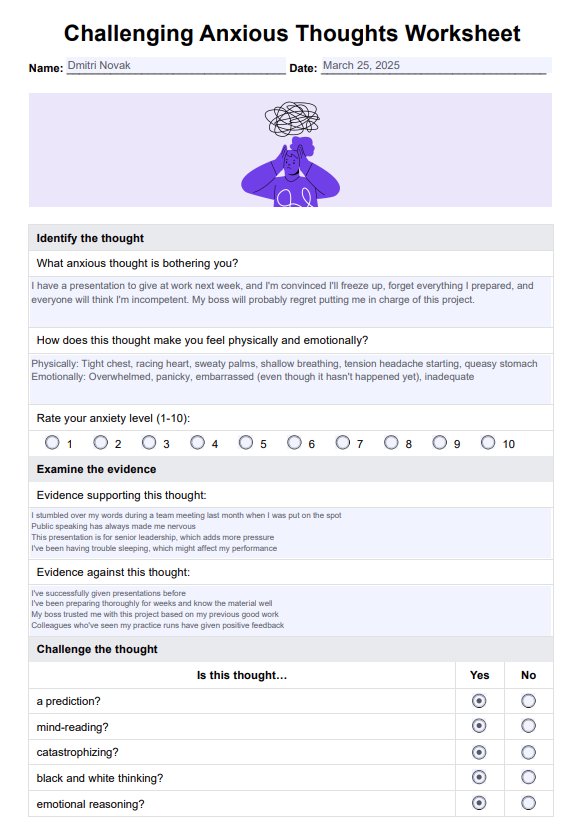
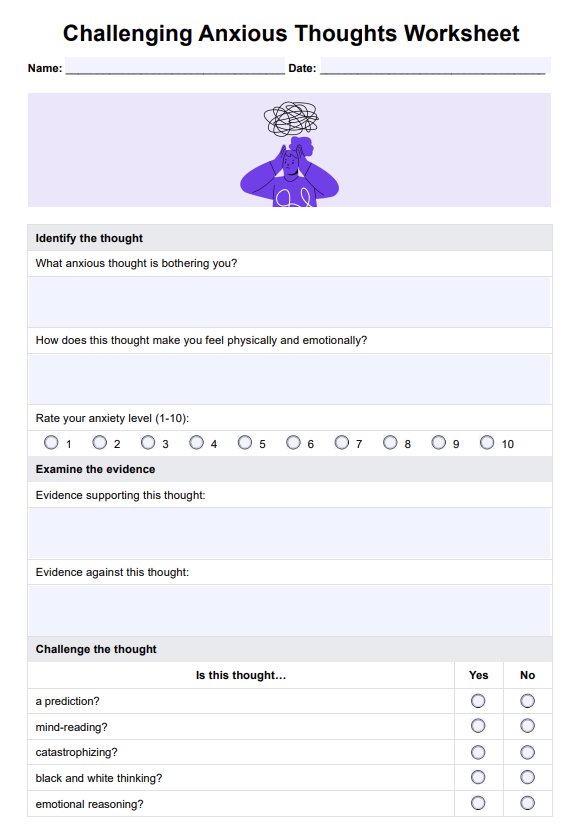

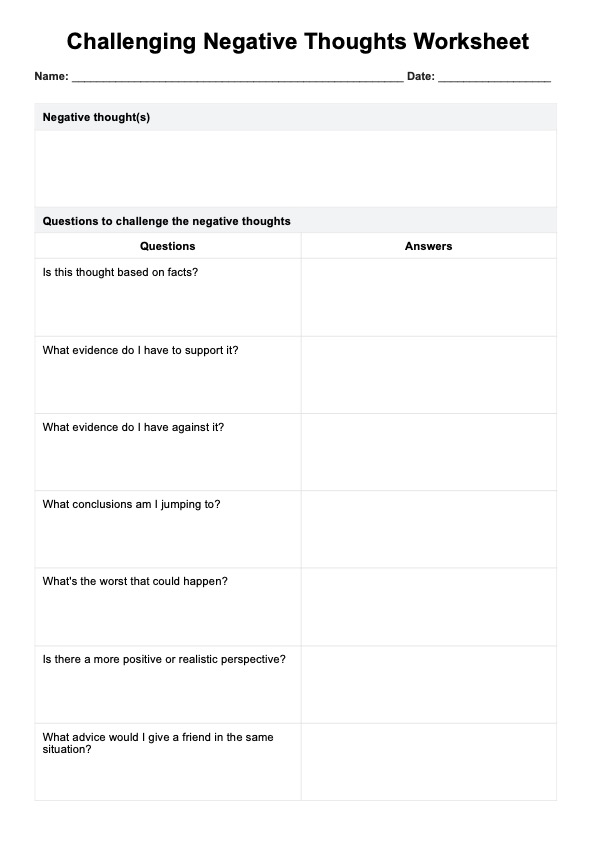
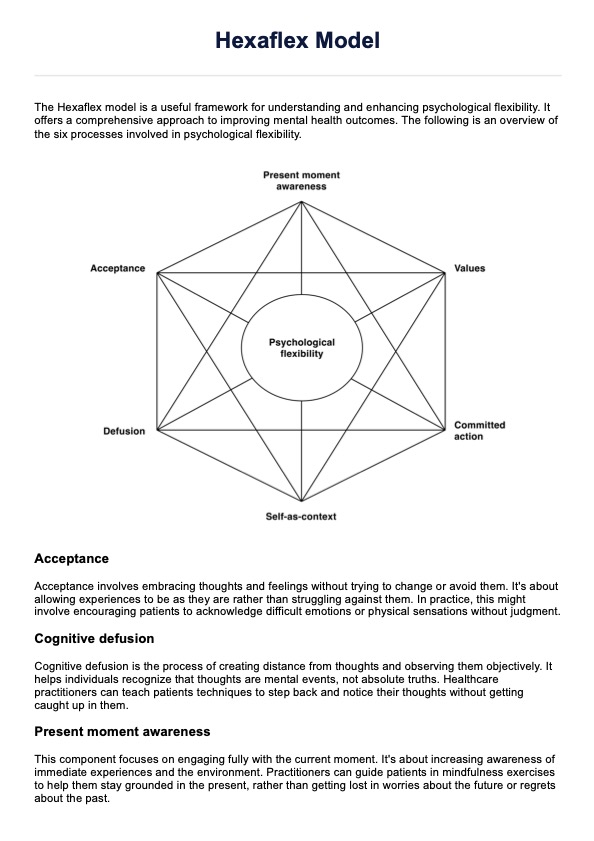
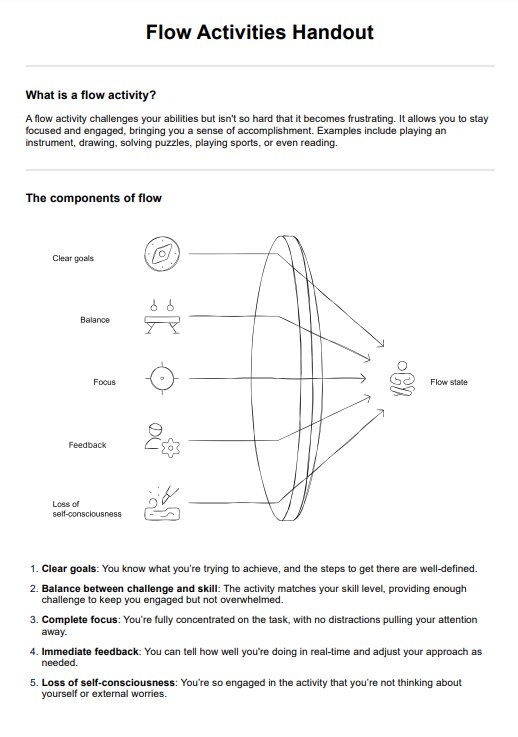
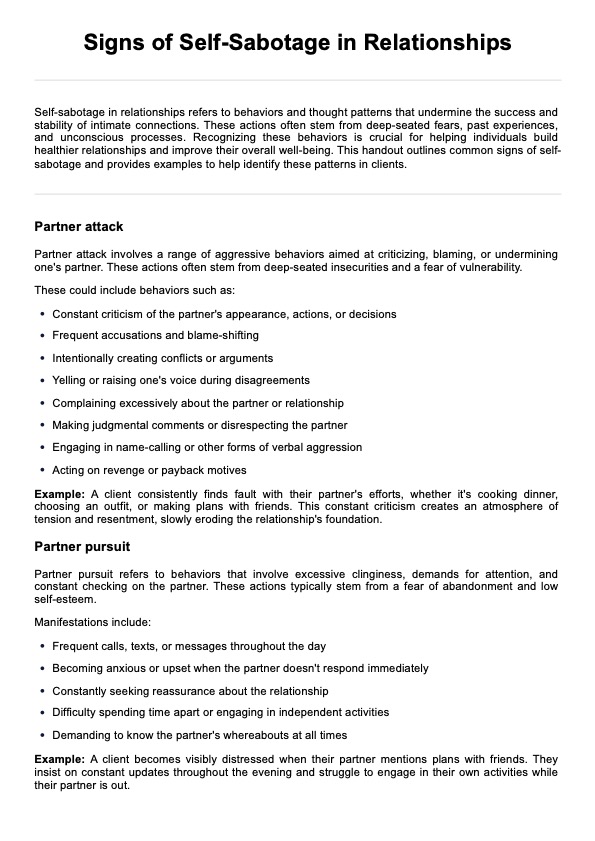
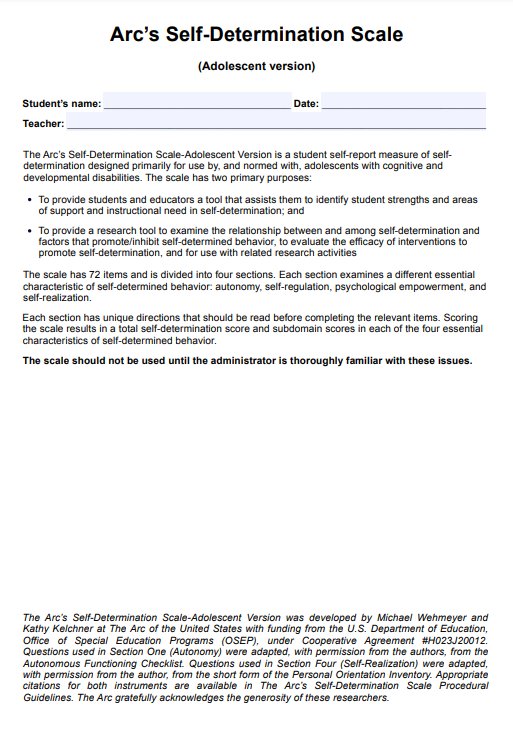
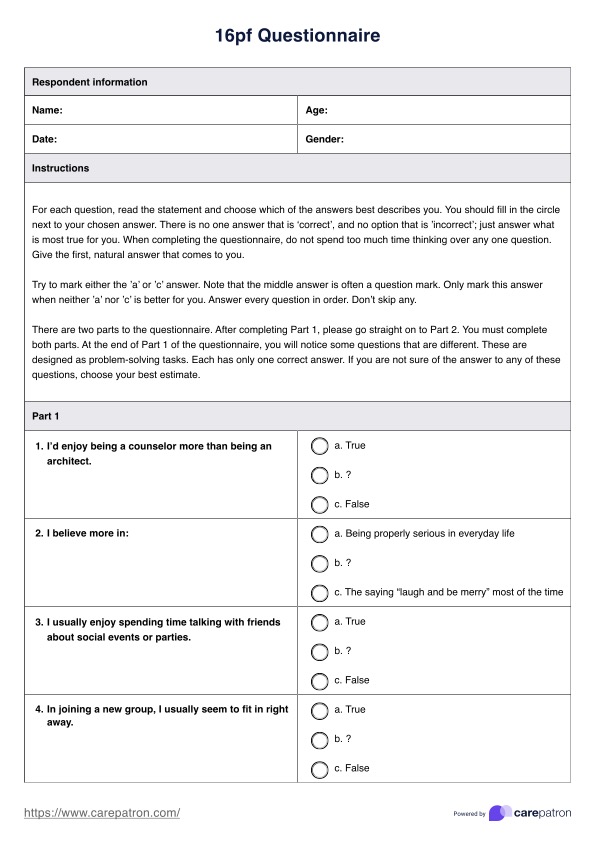

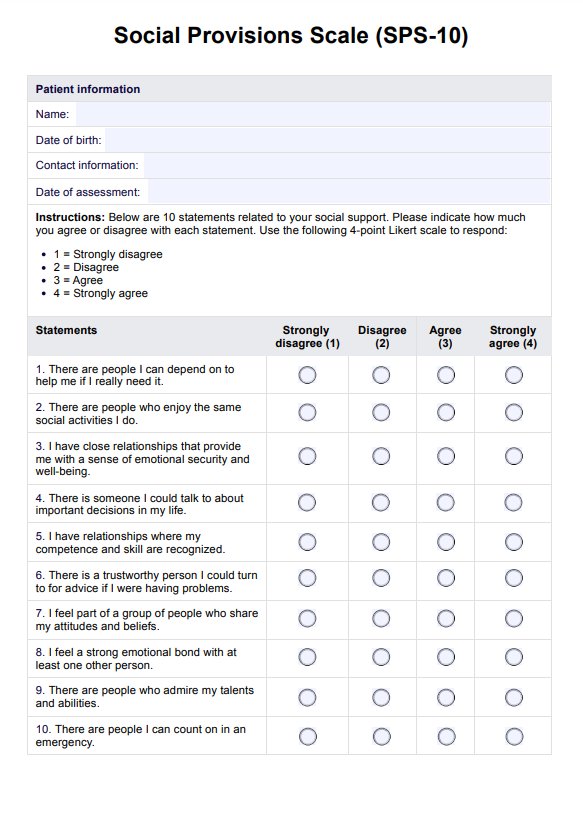


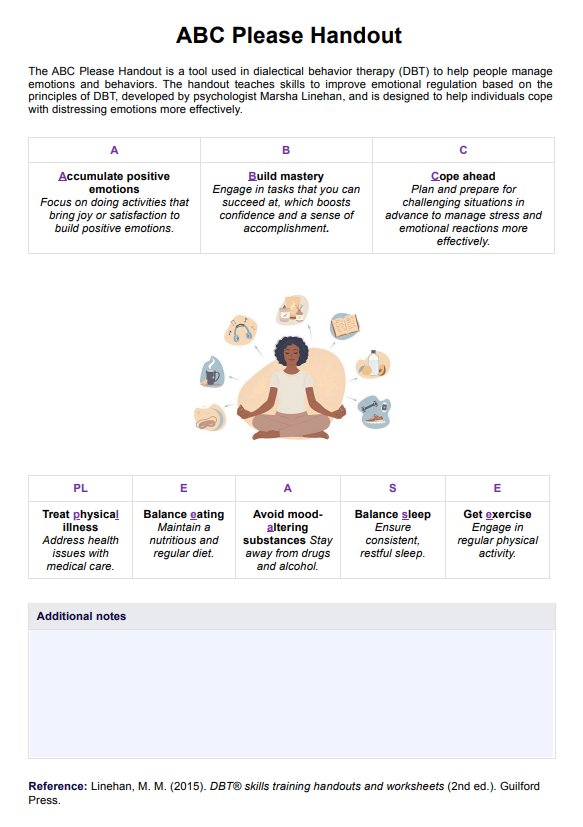
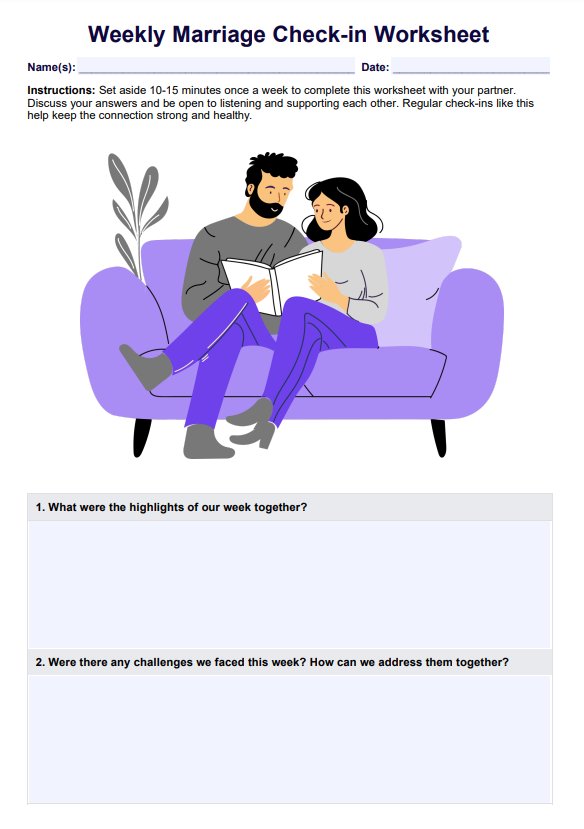
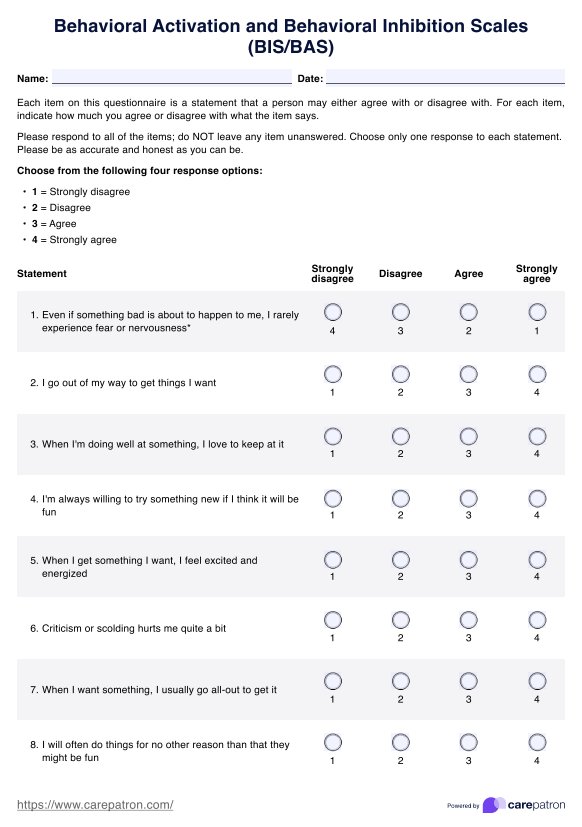
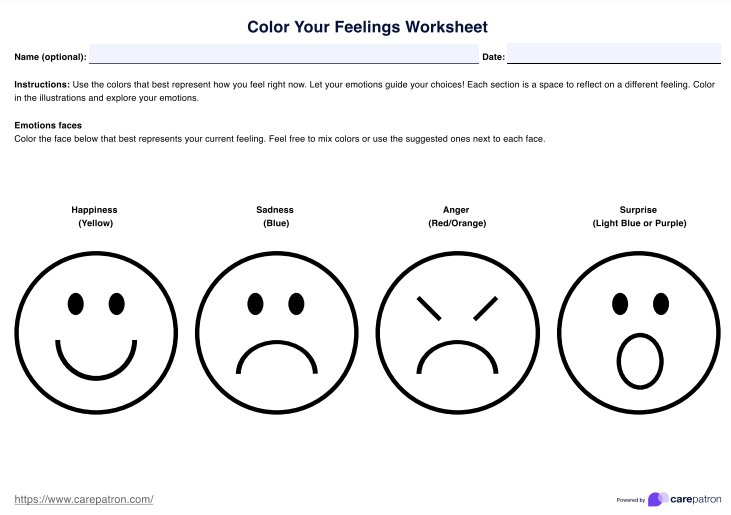
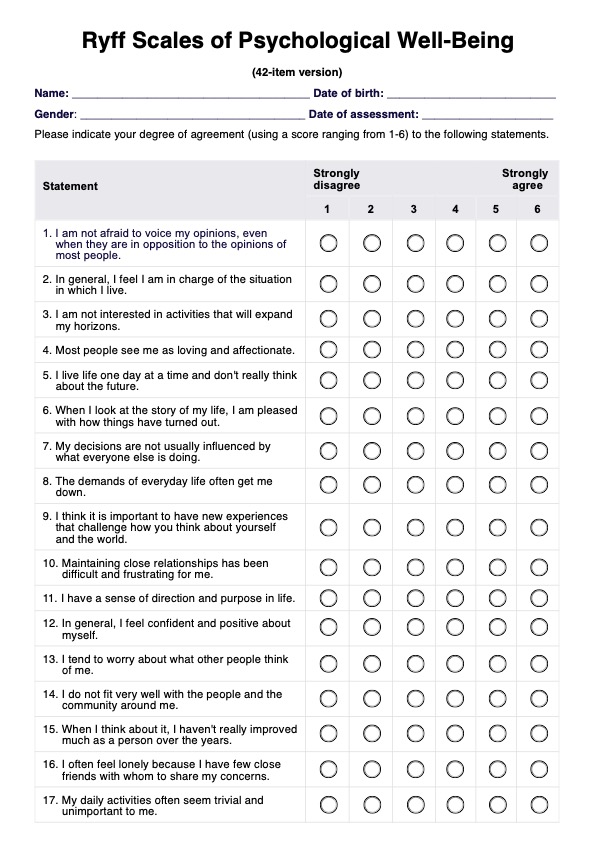
-template.jpg)
